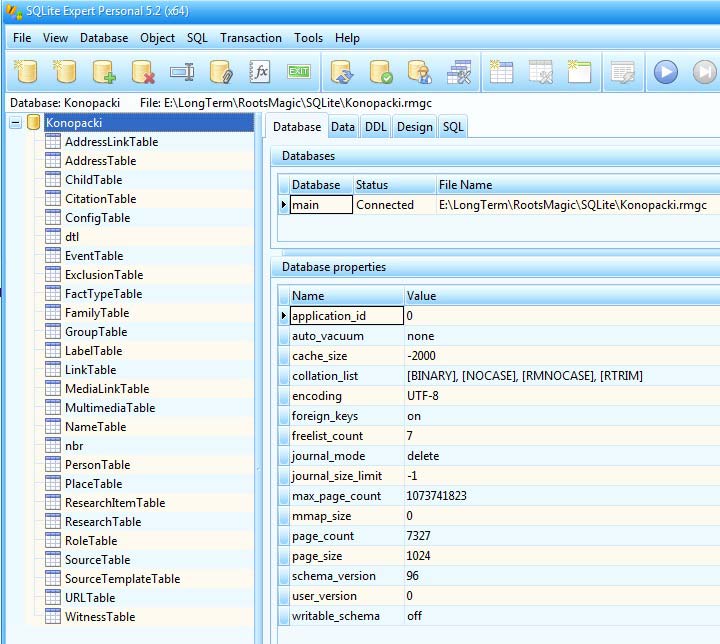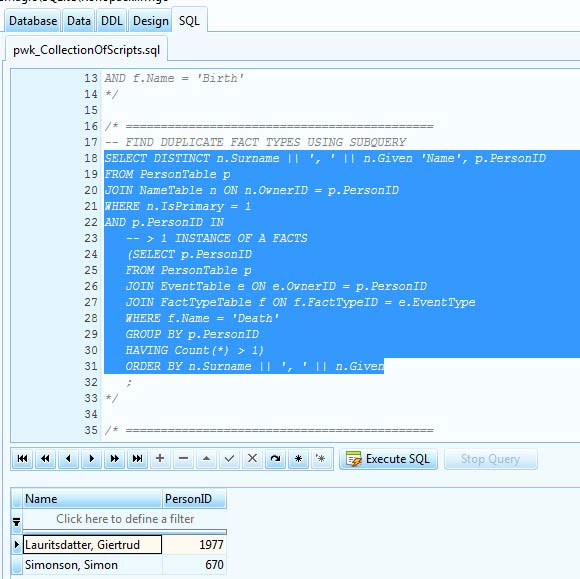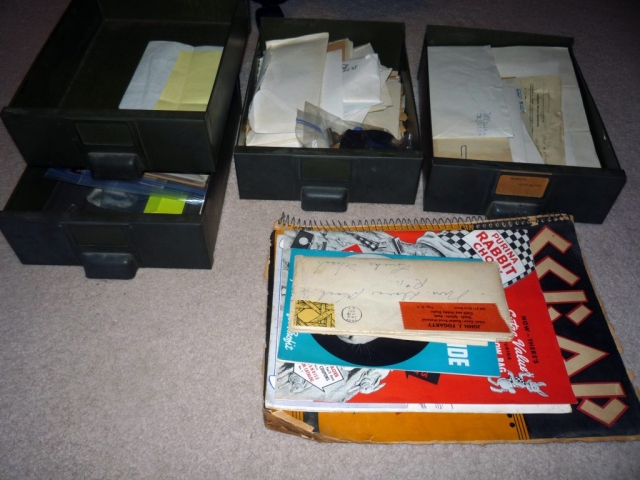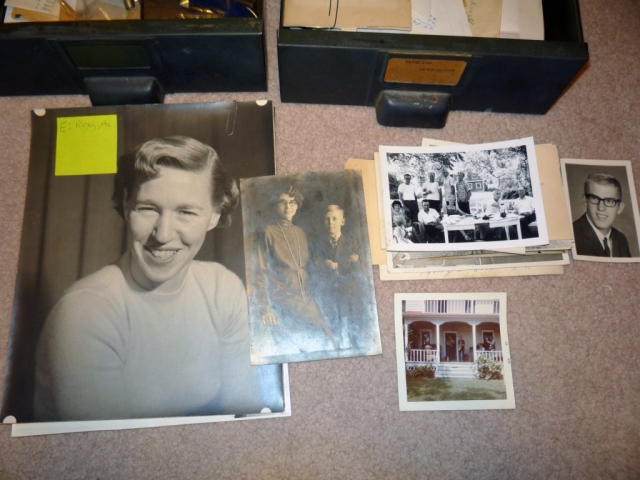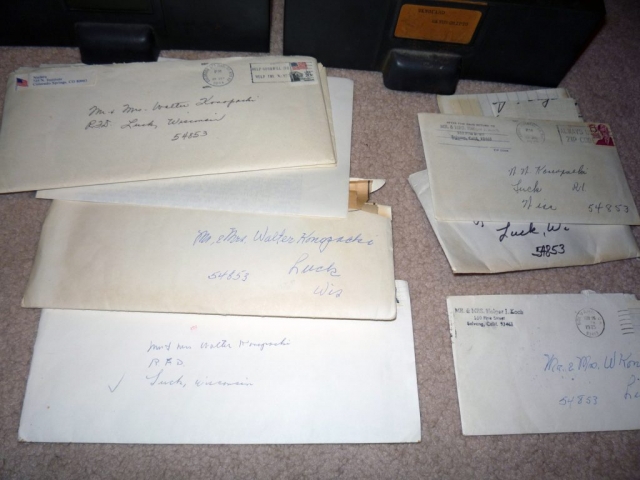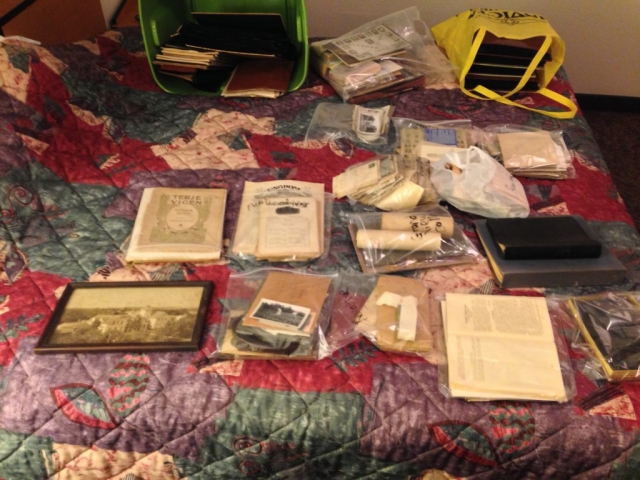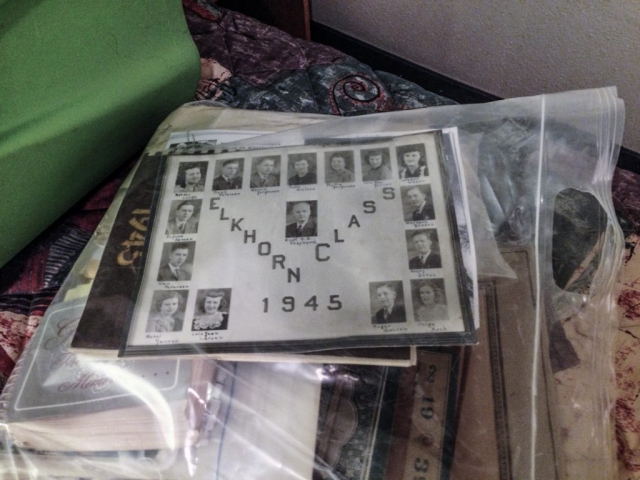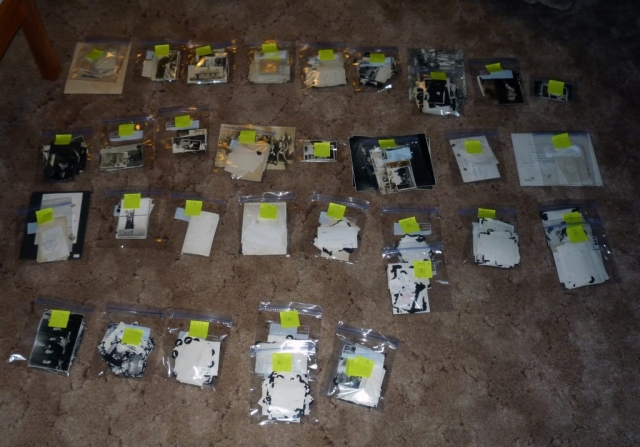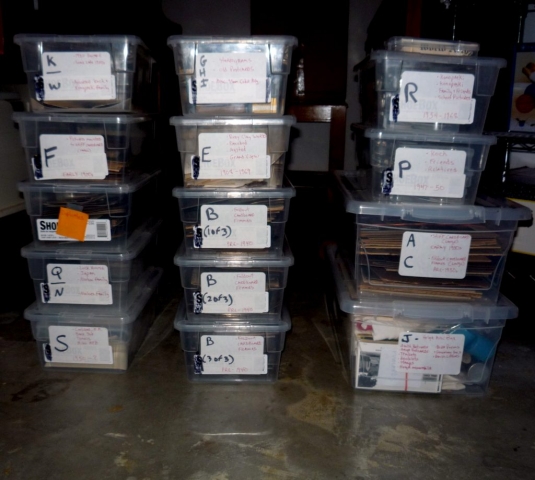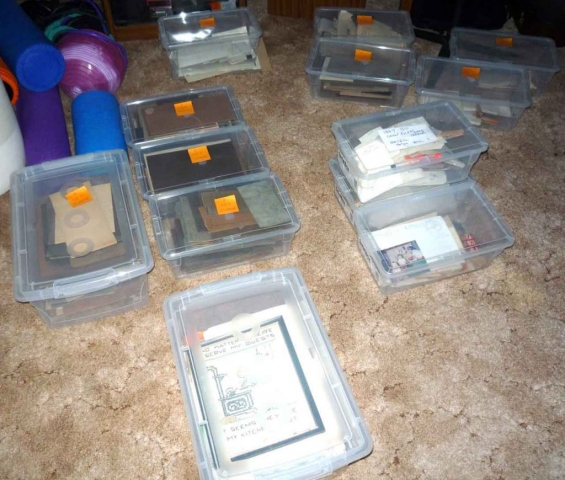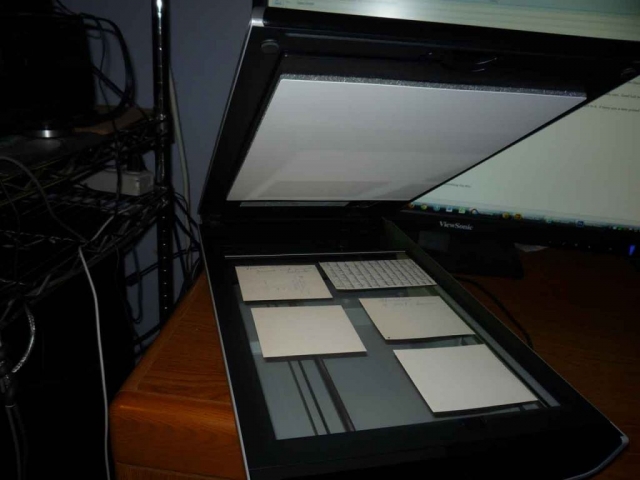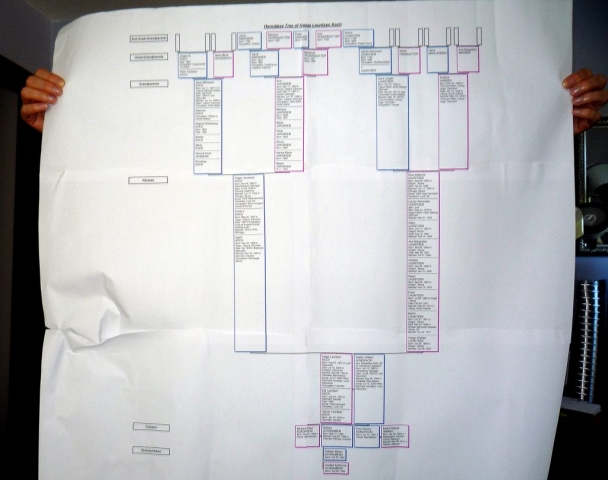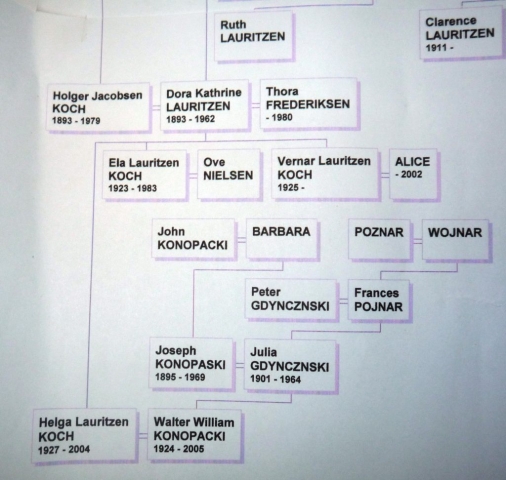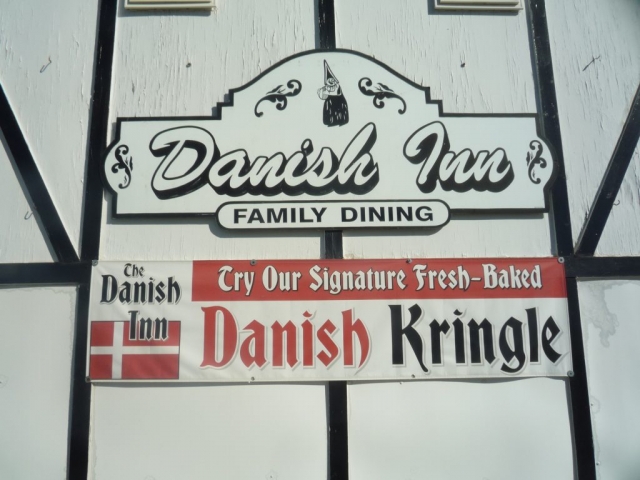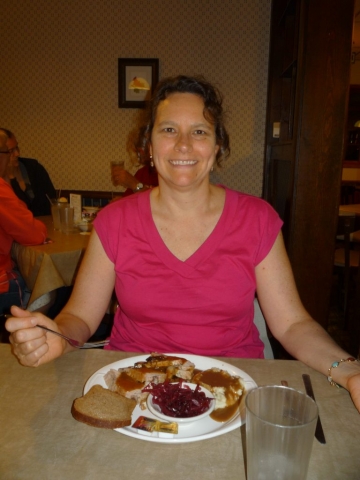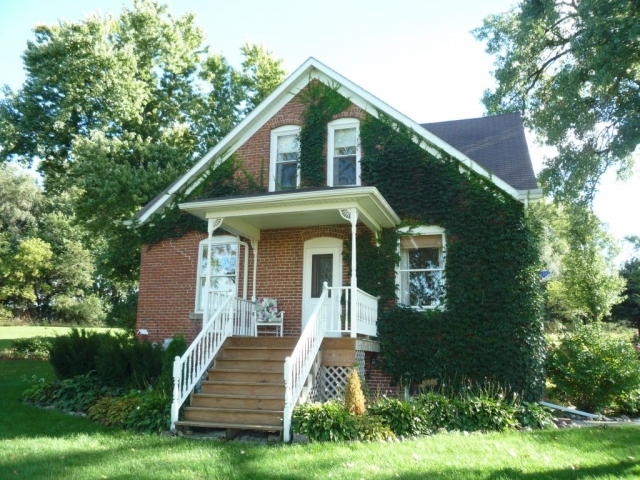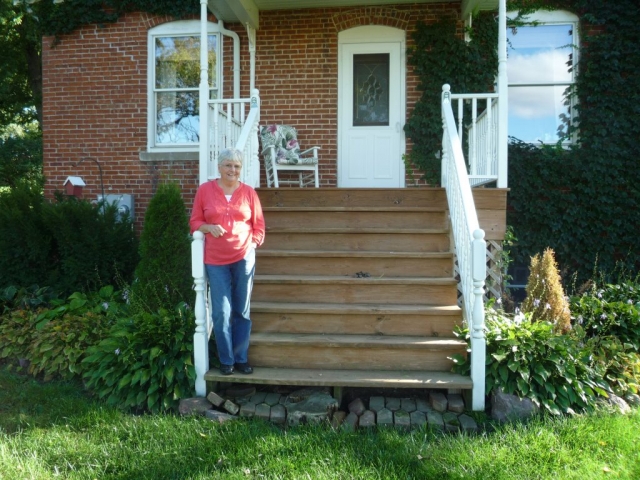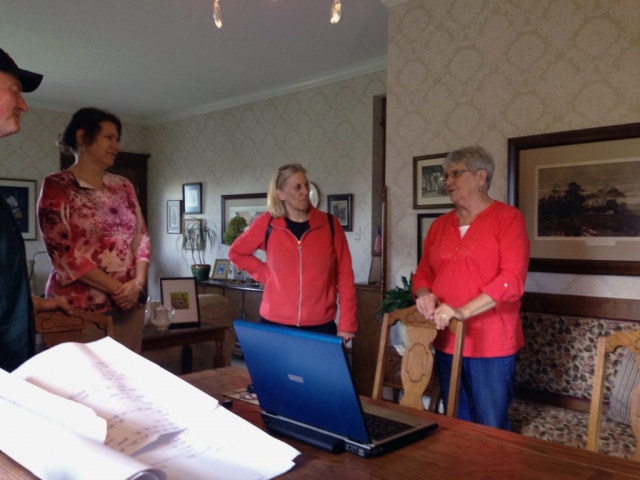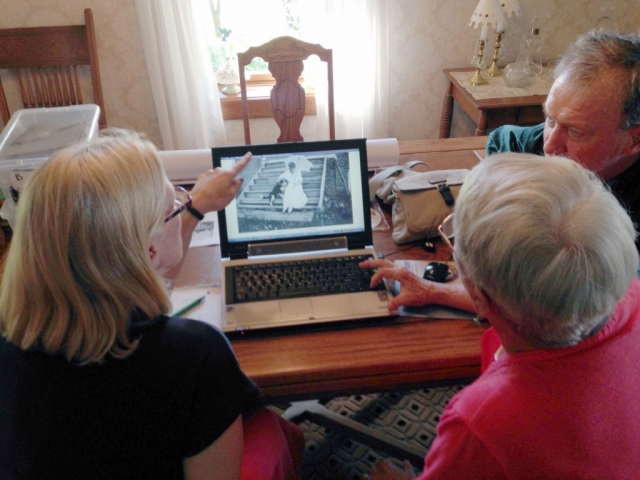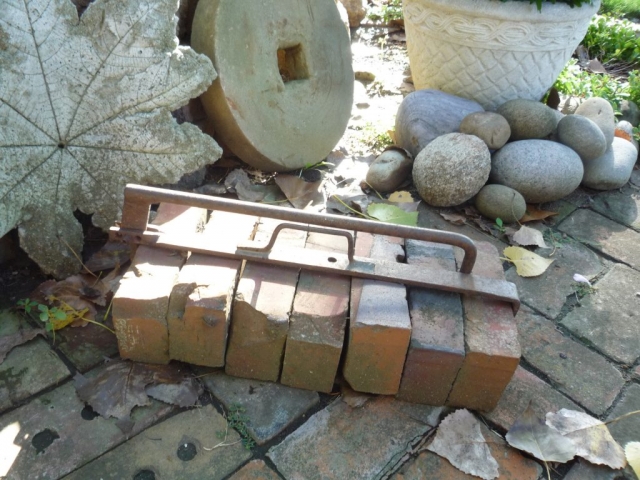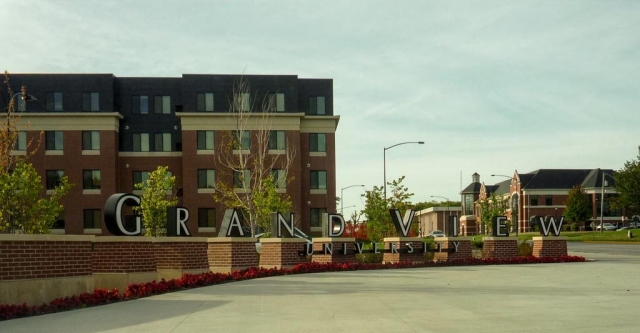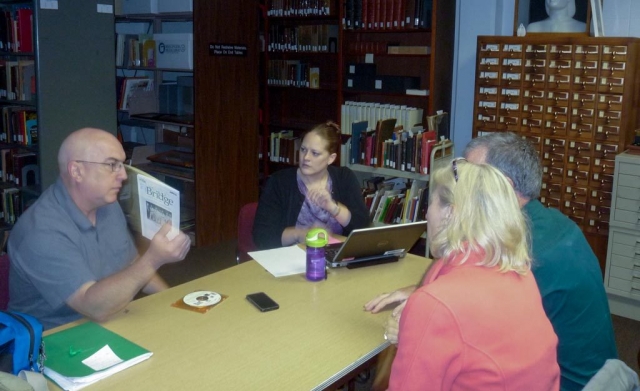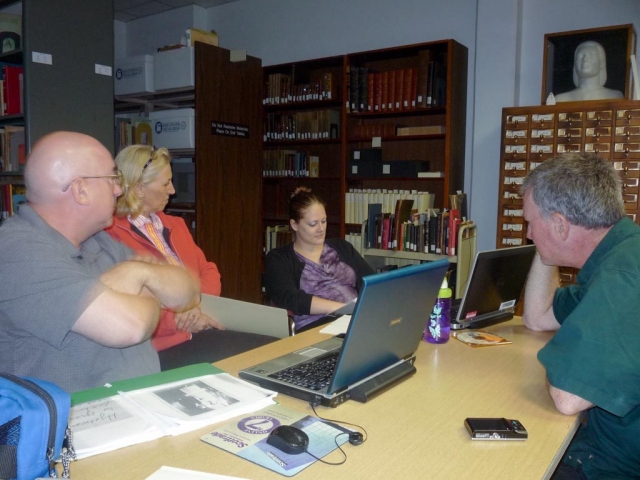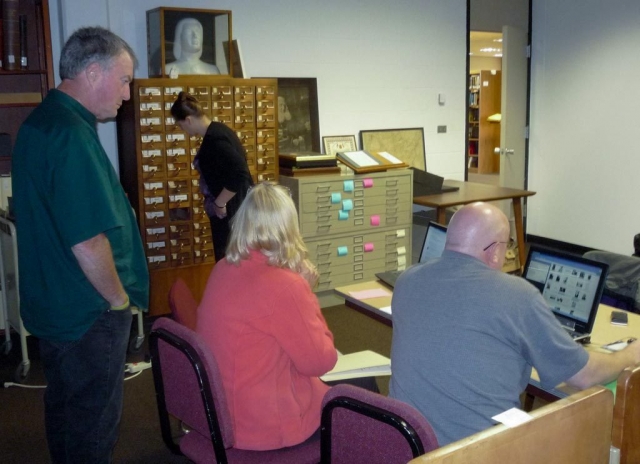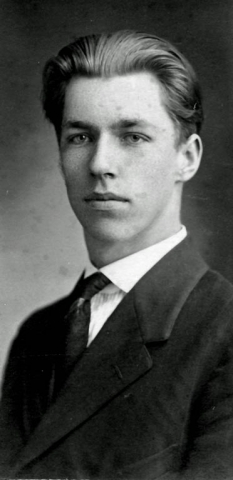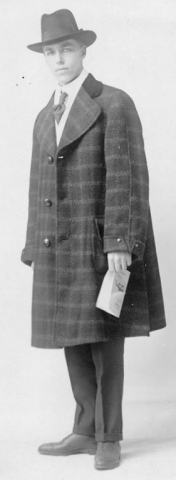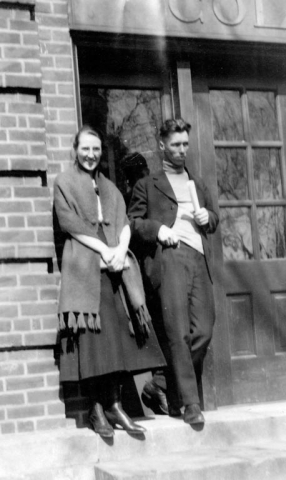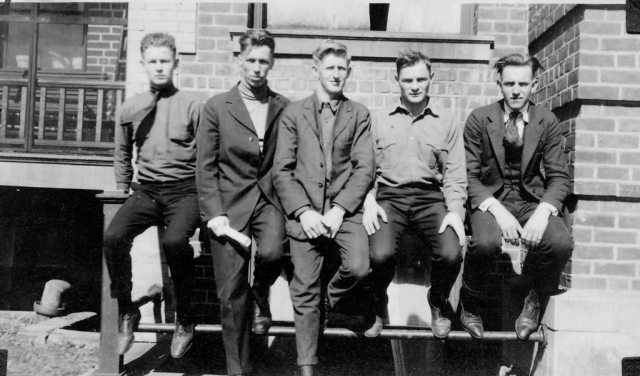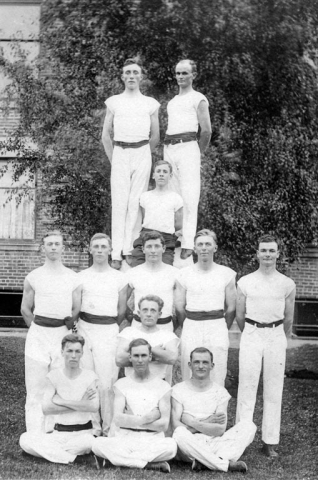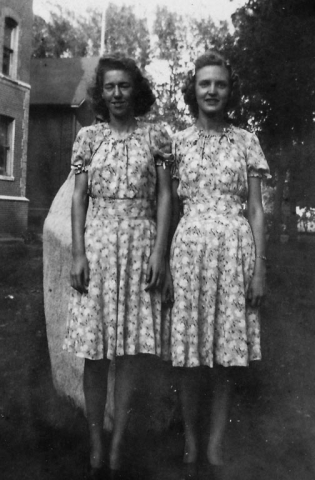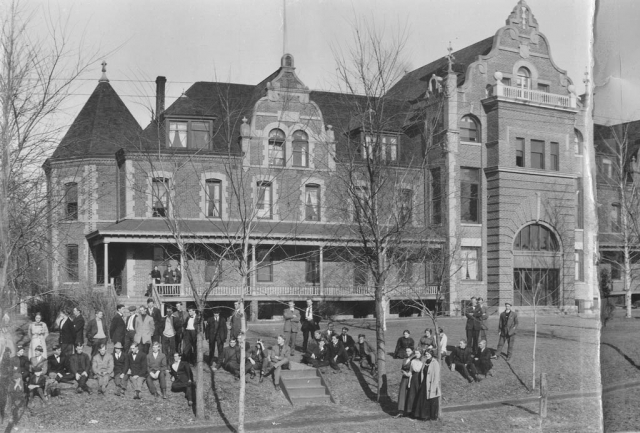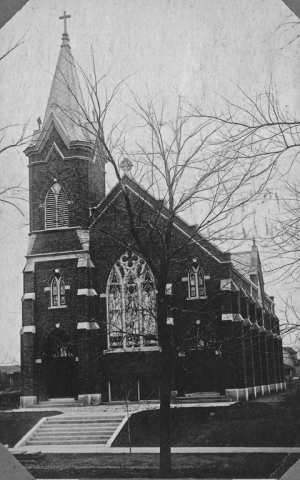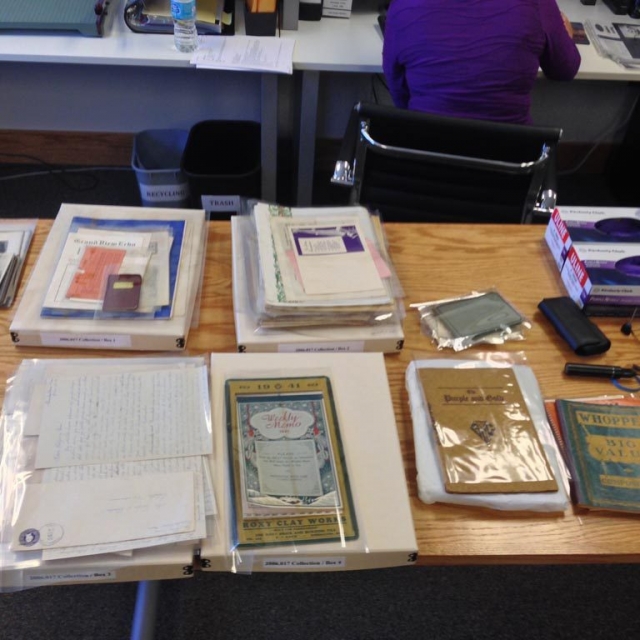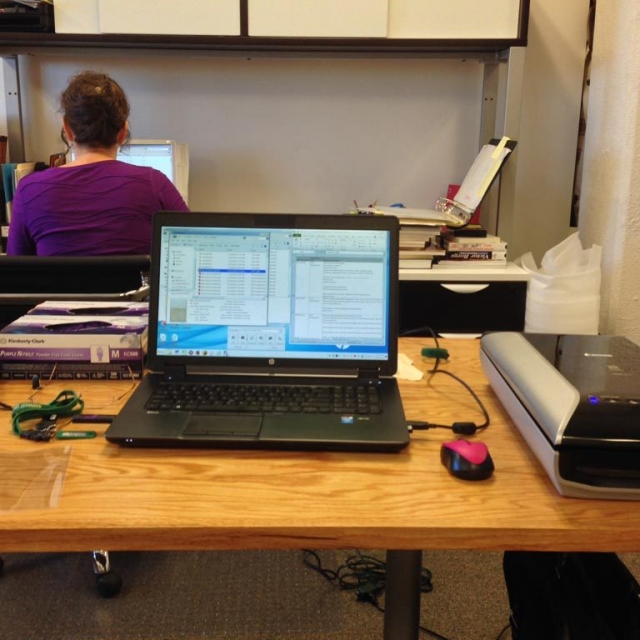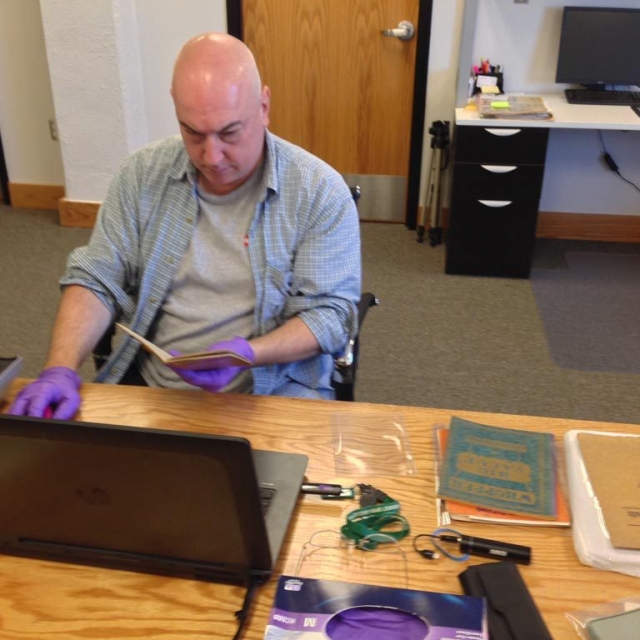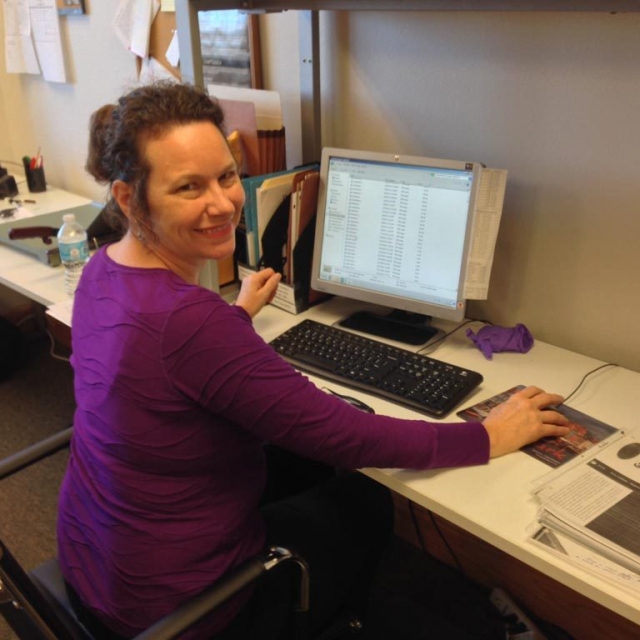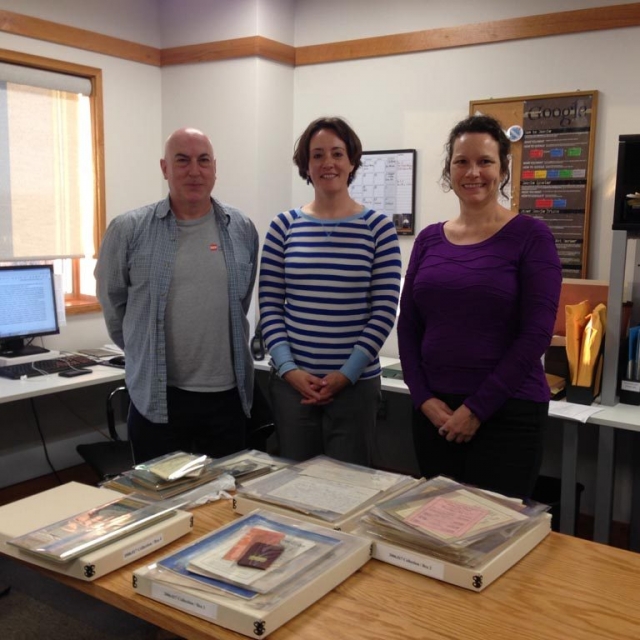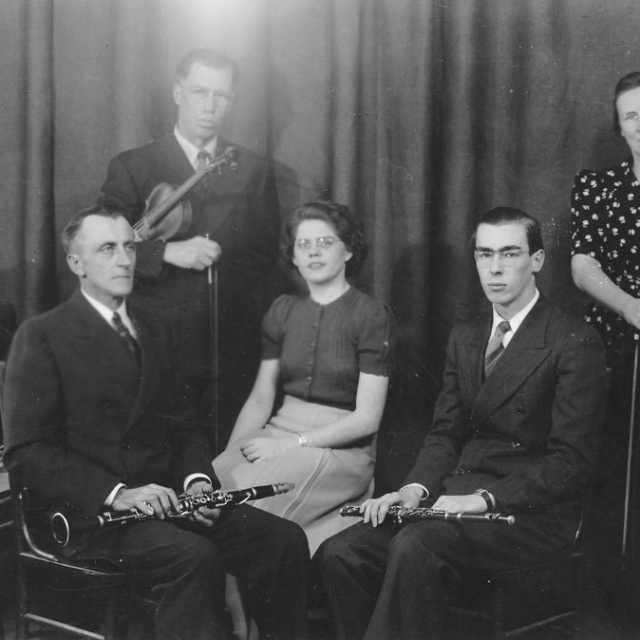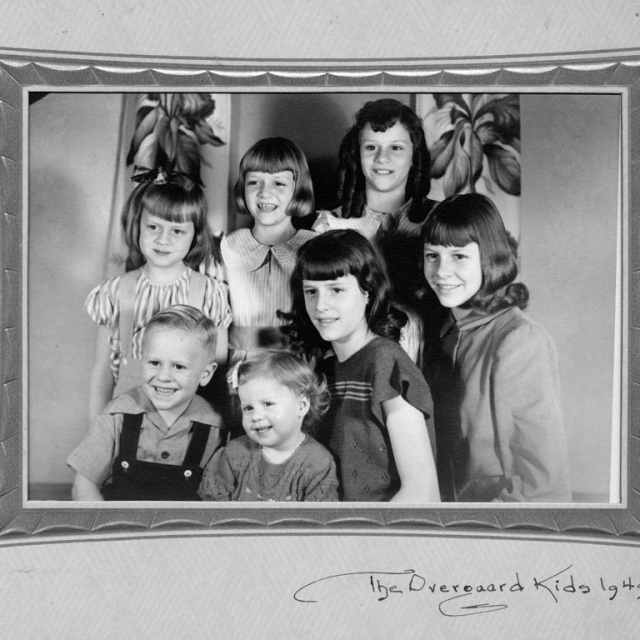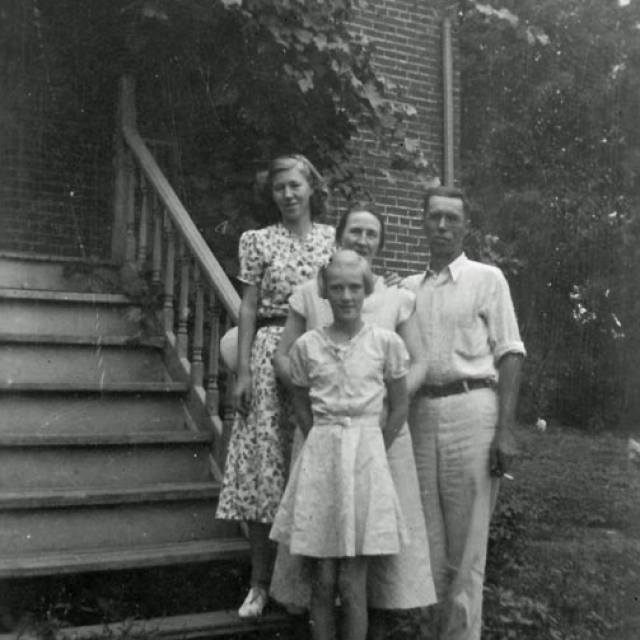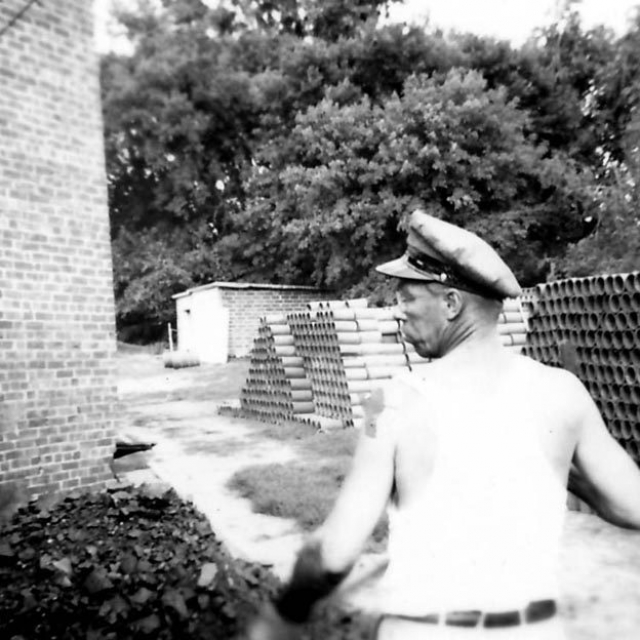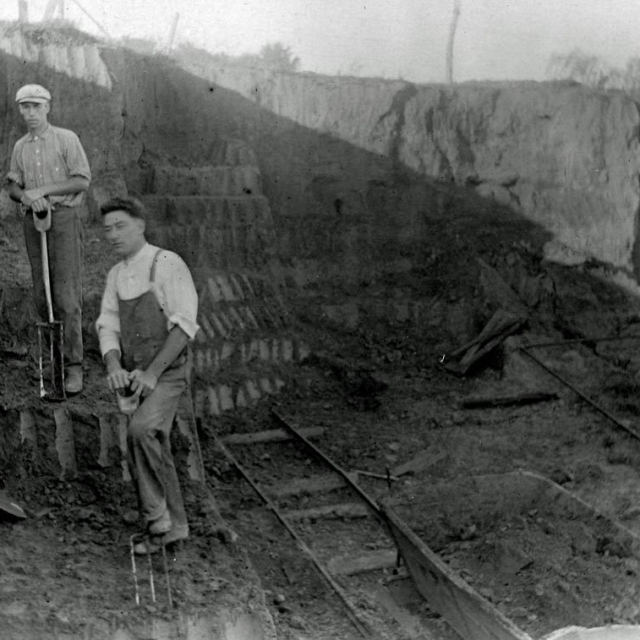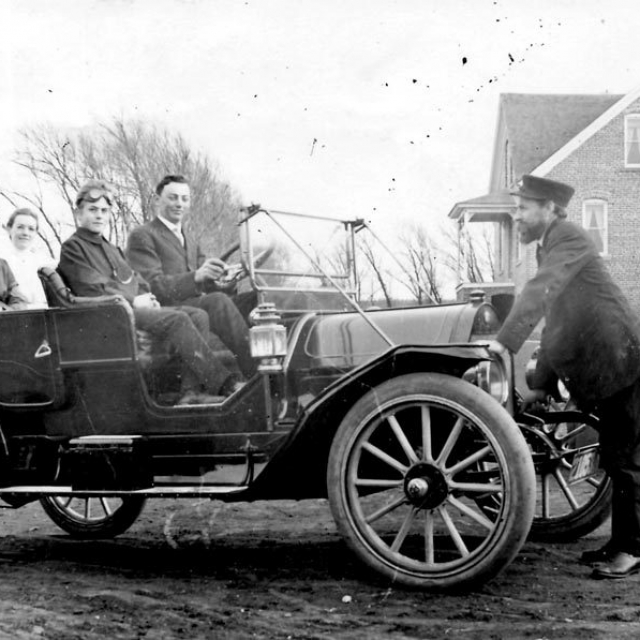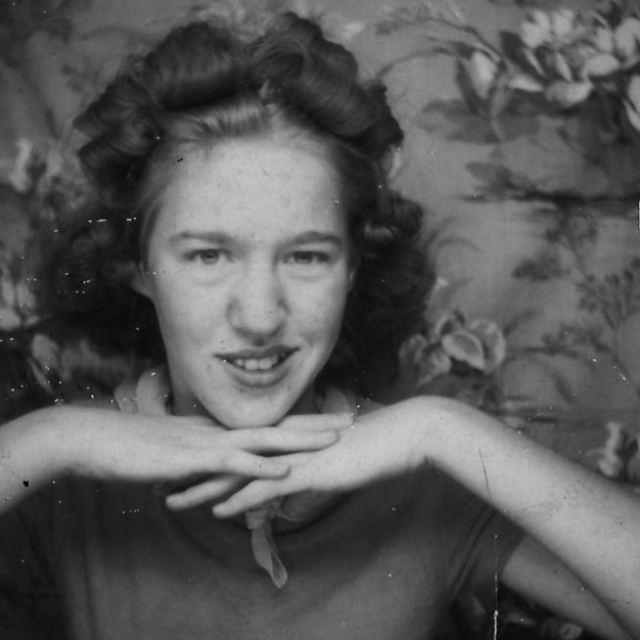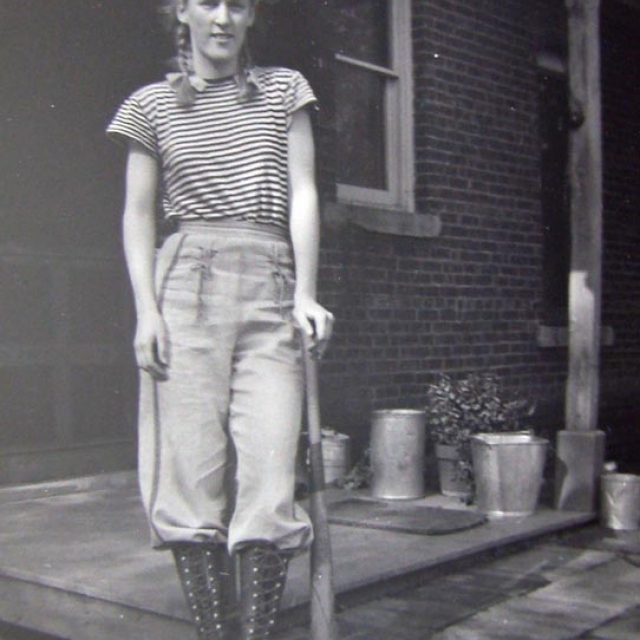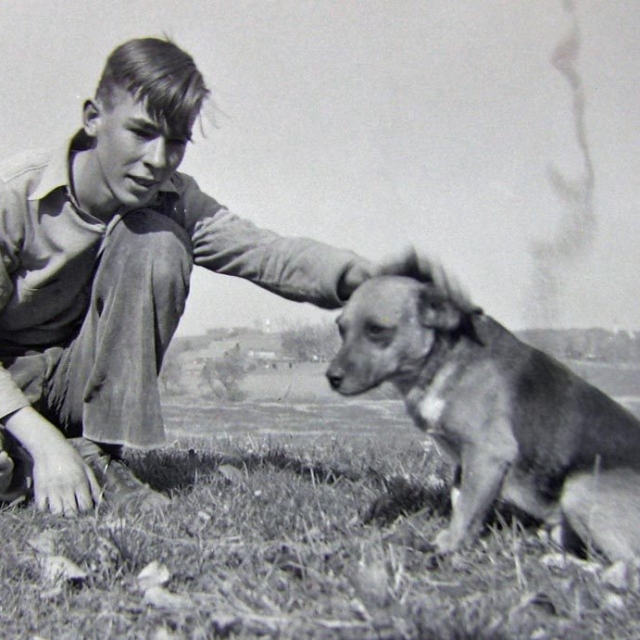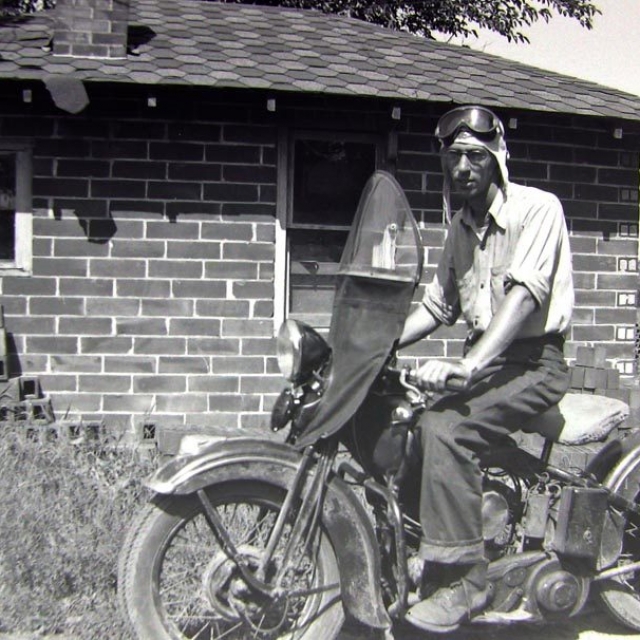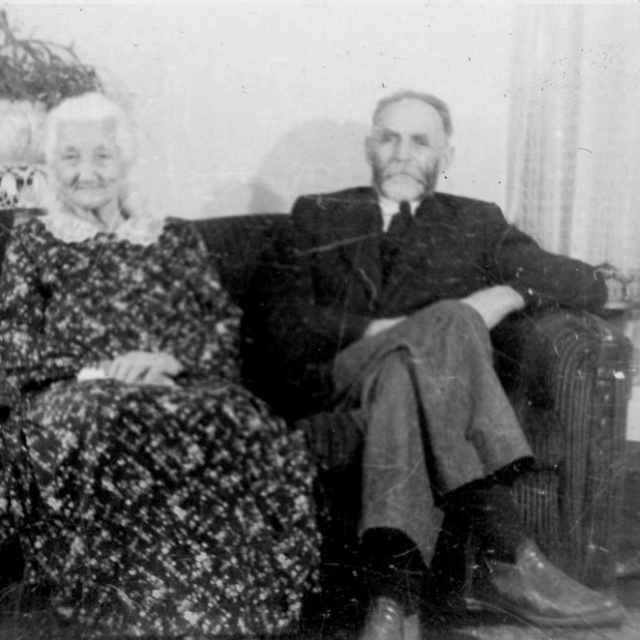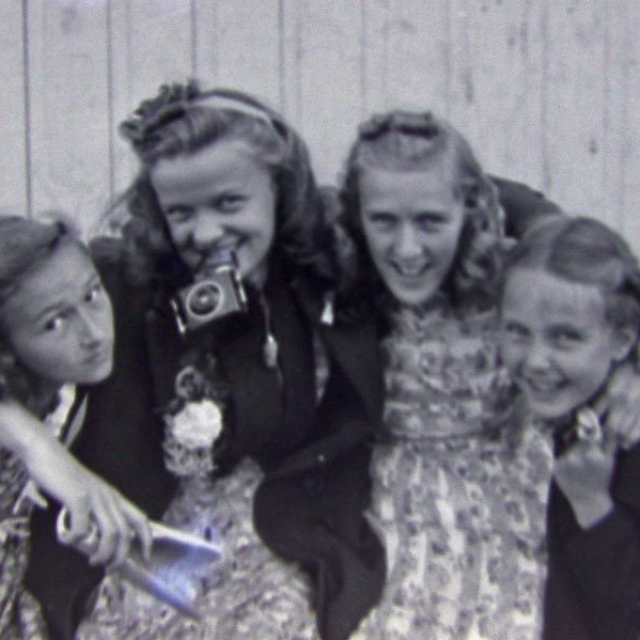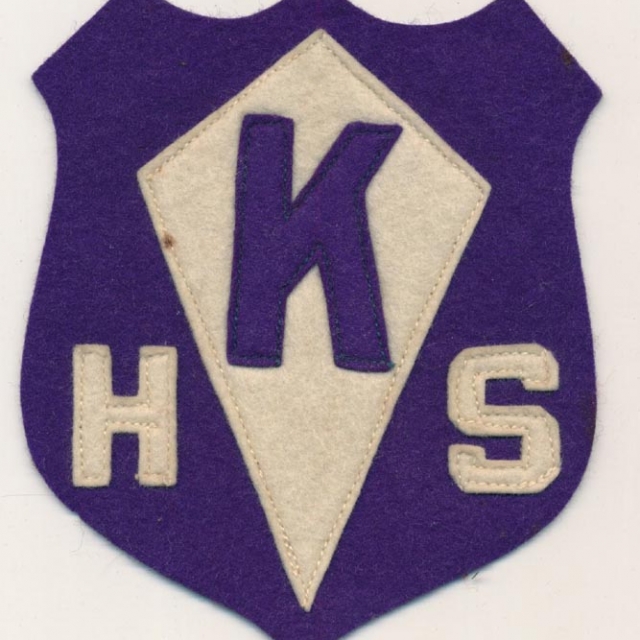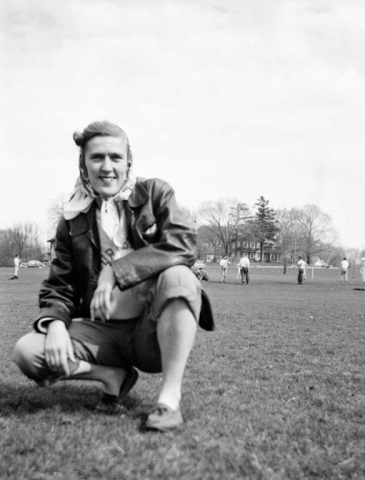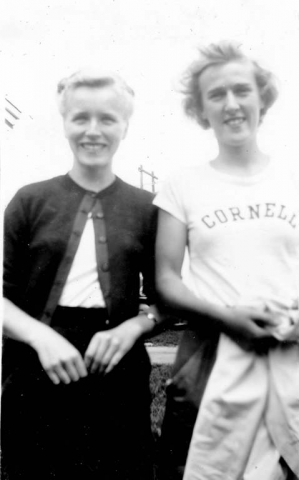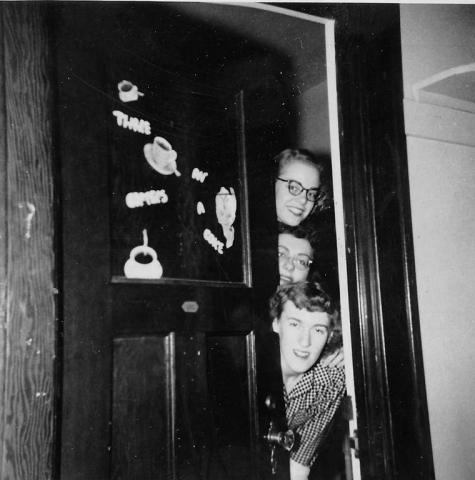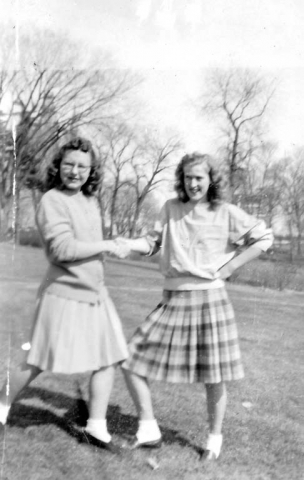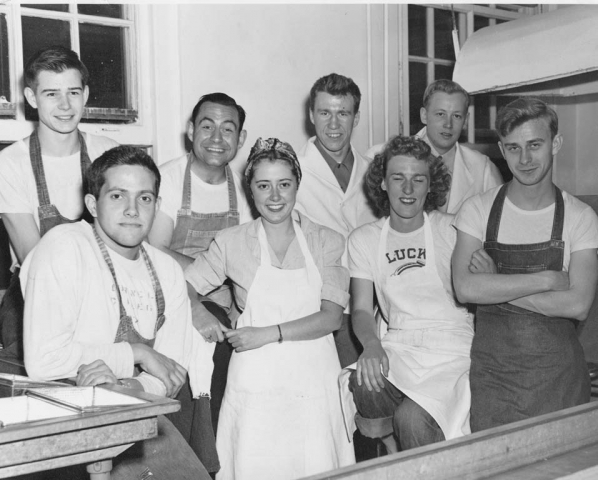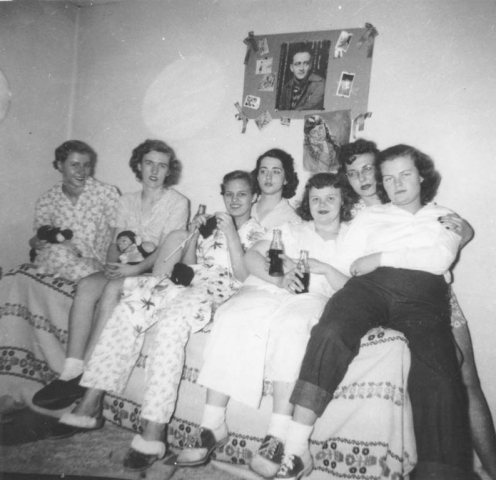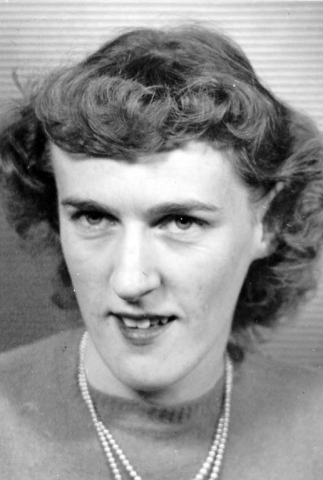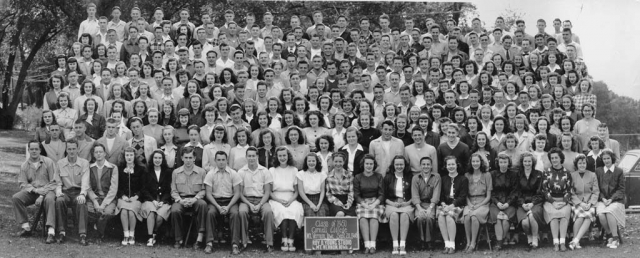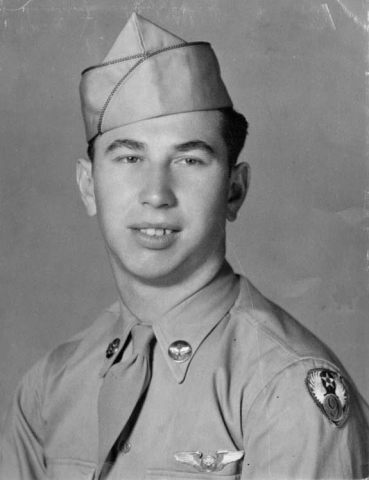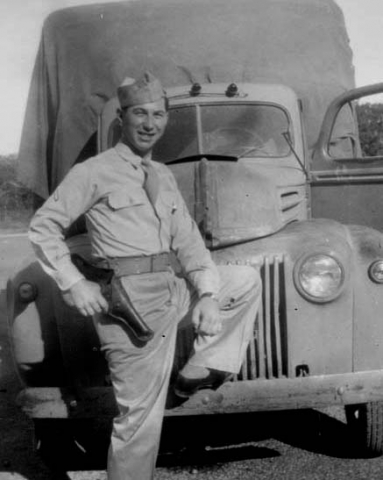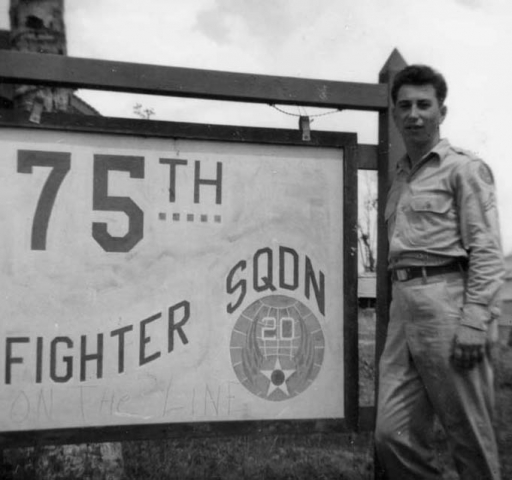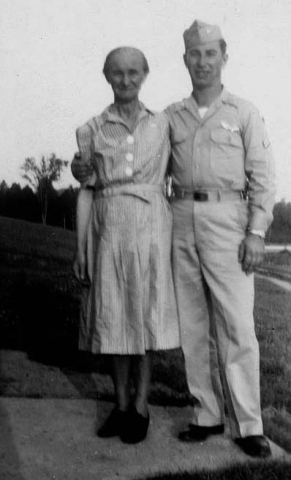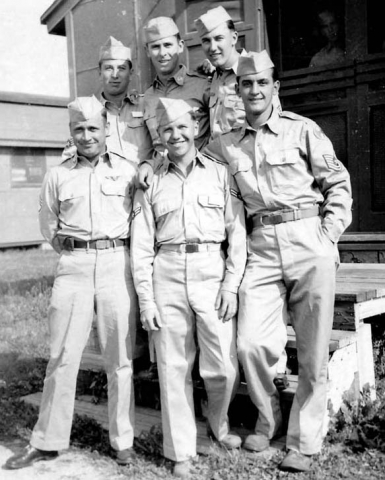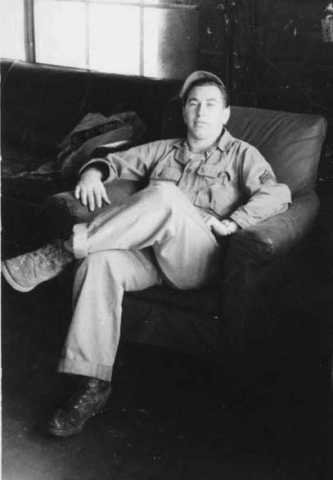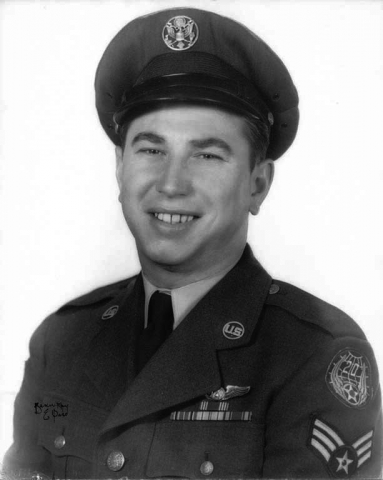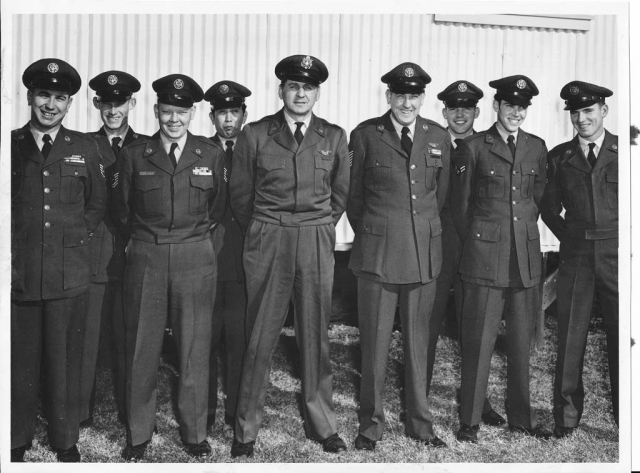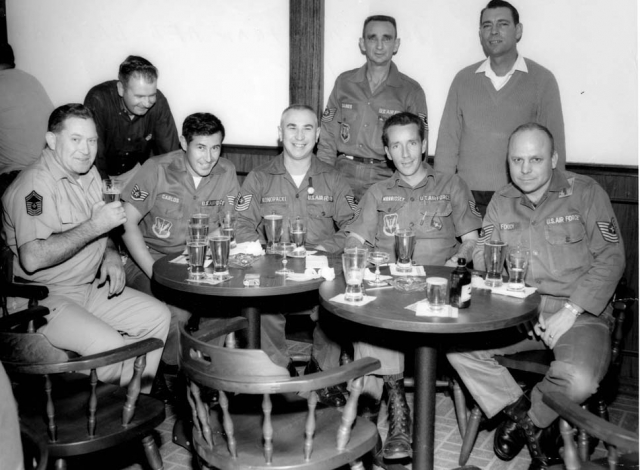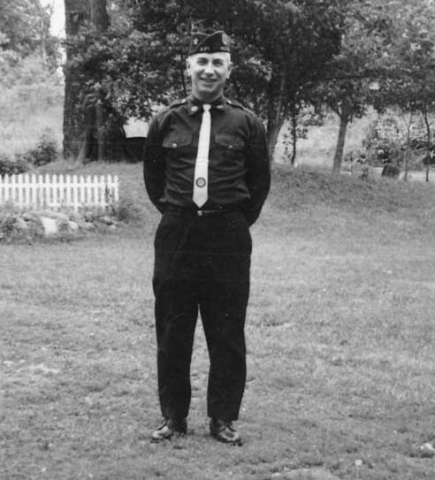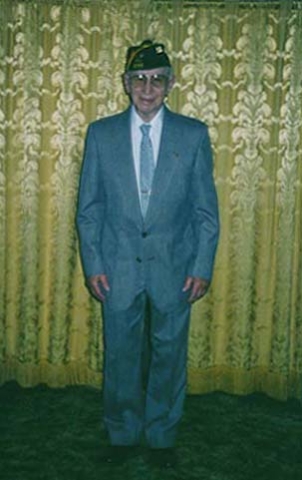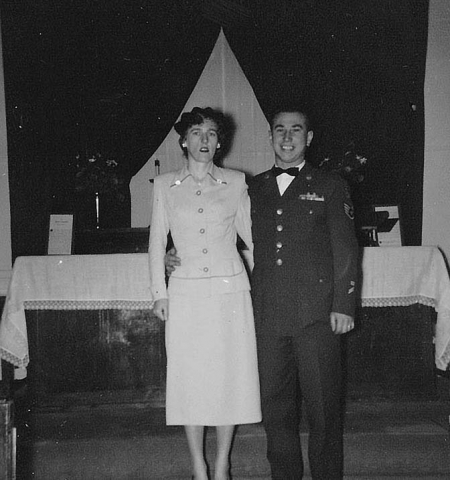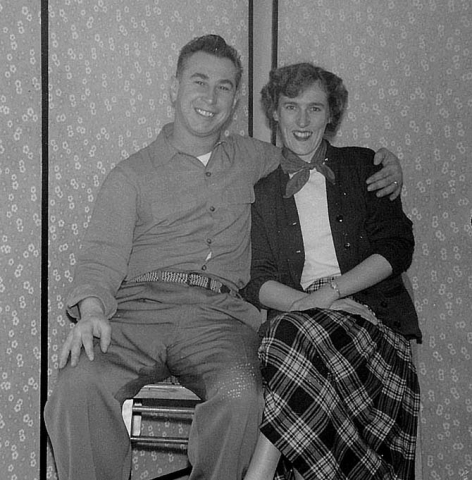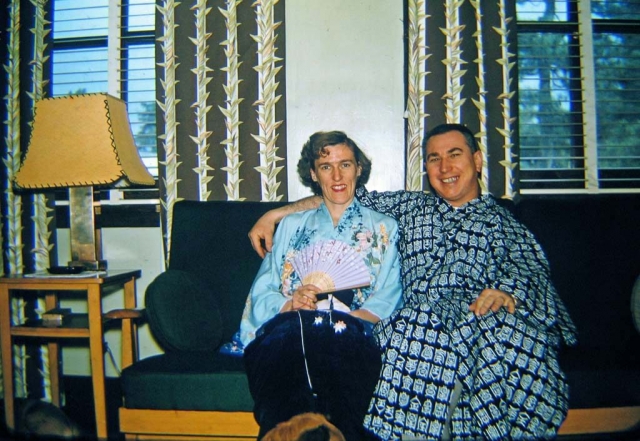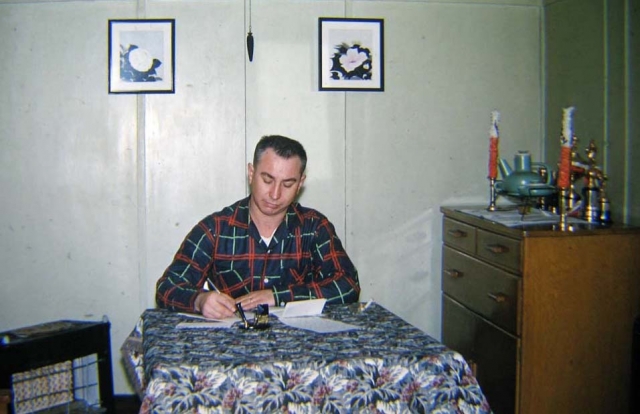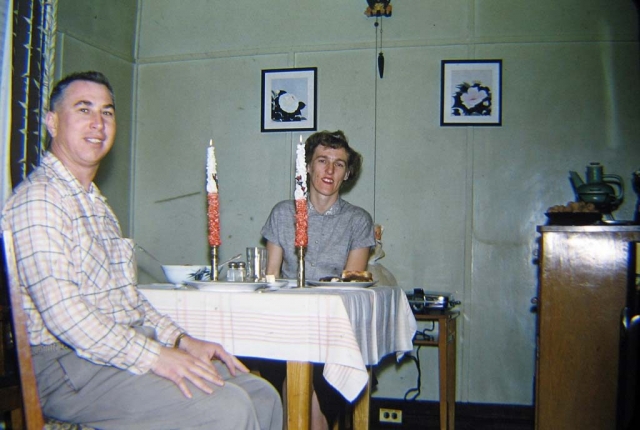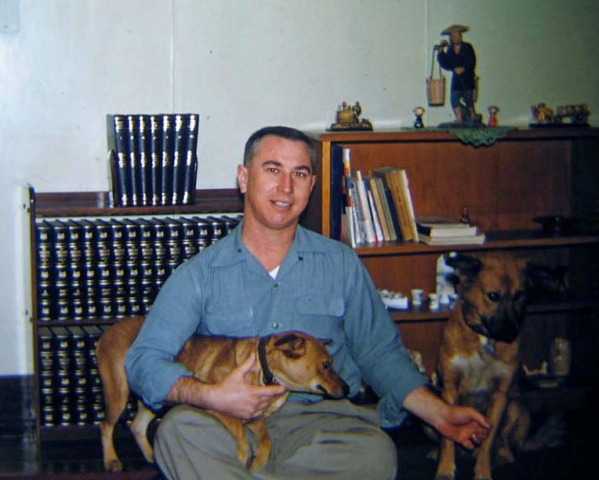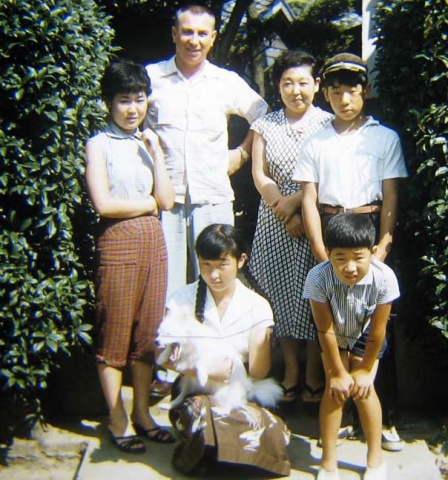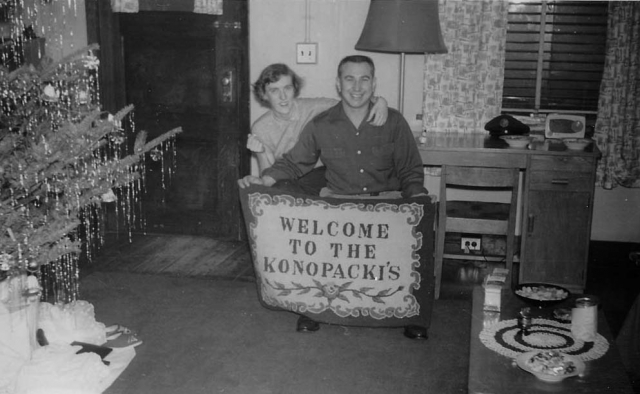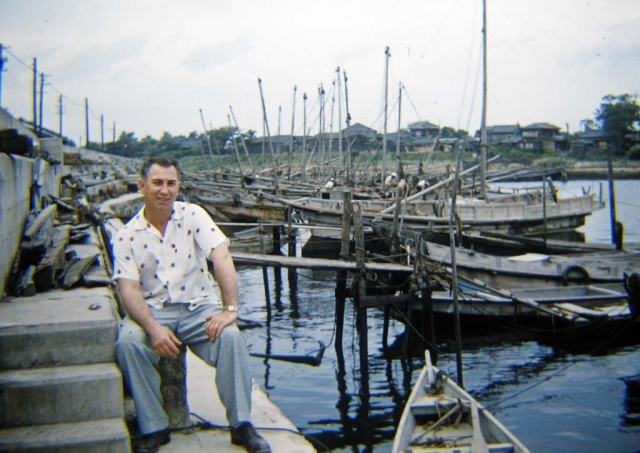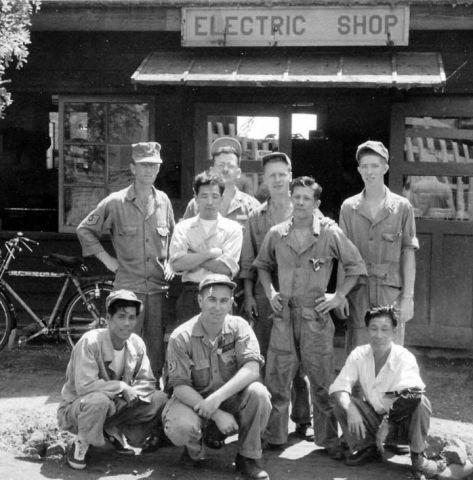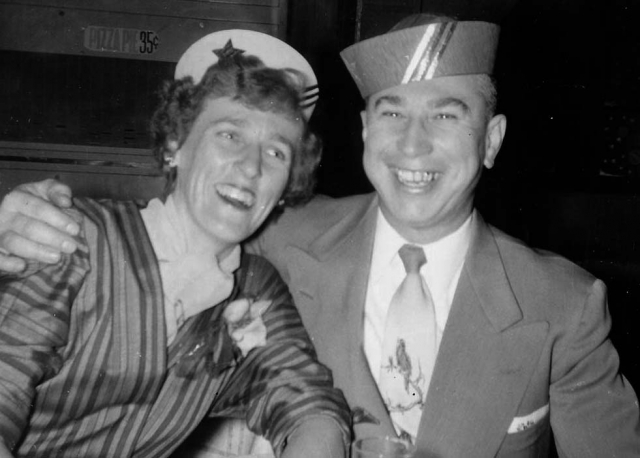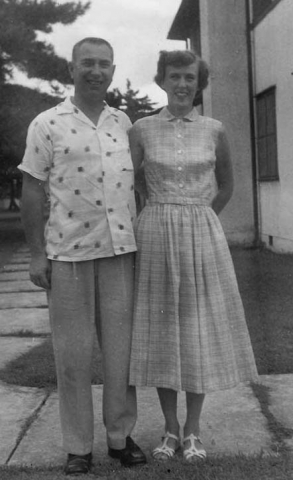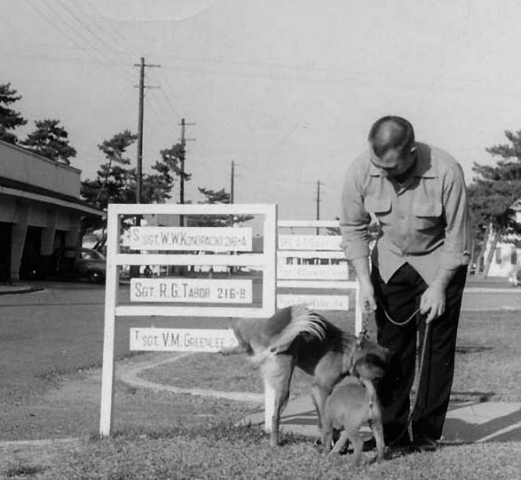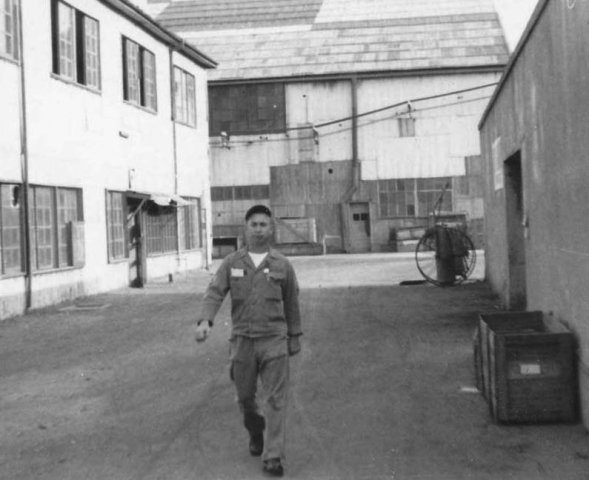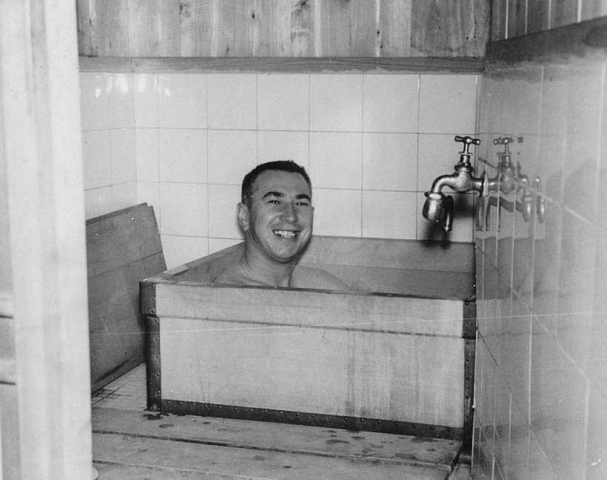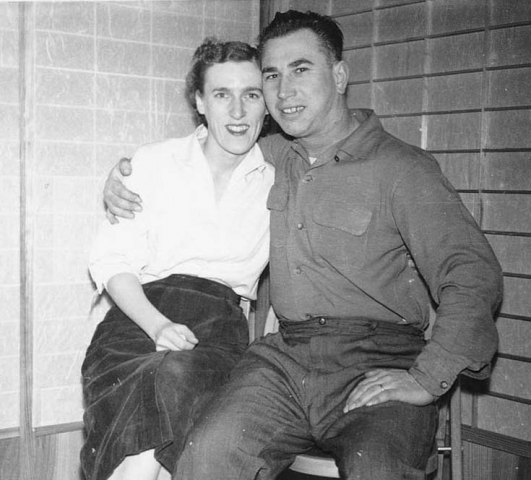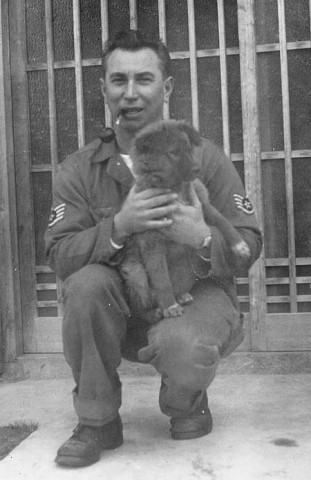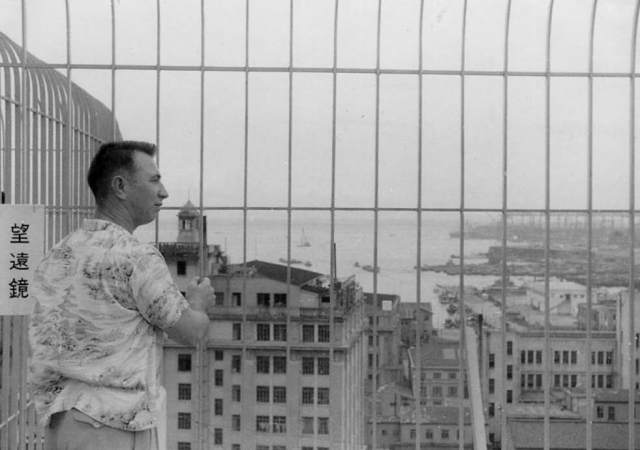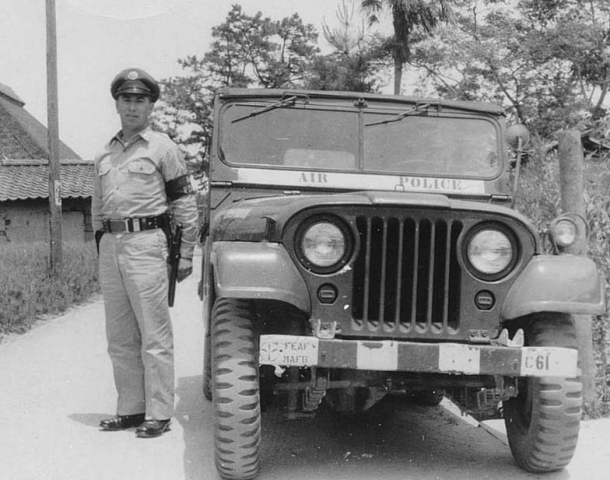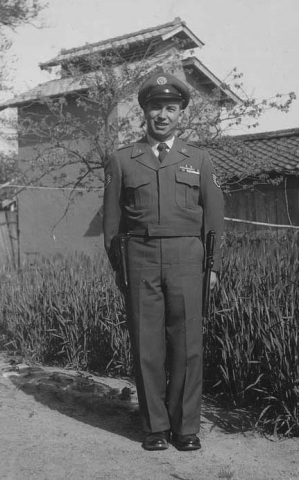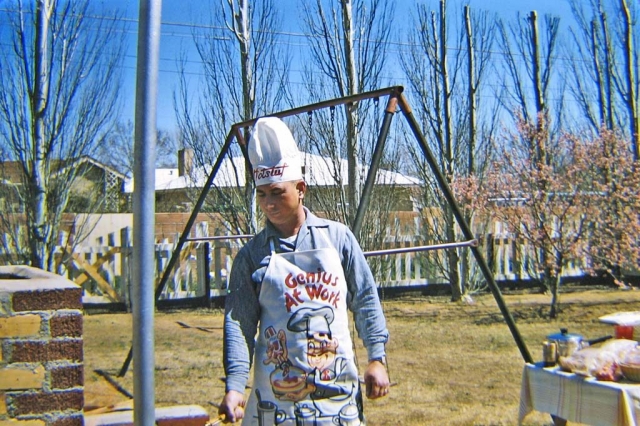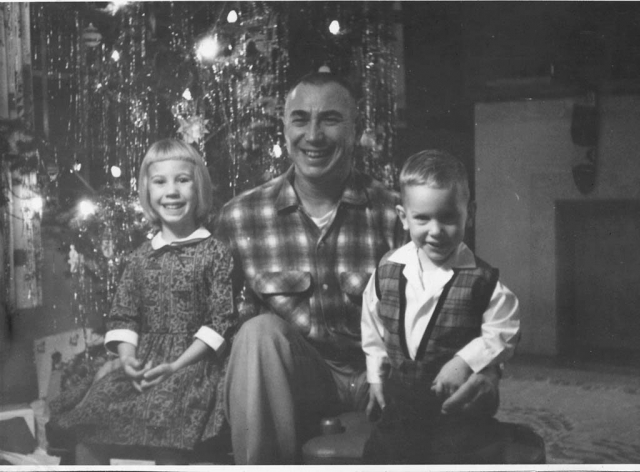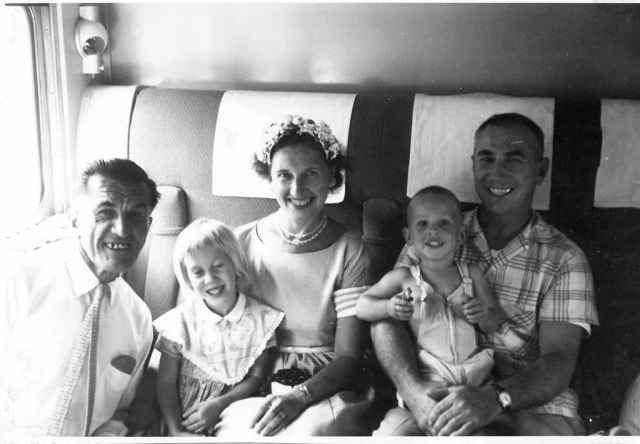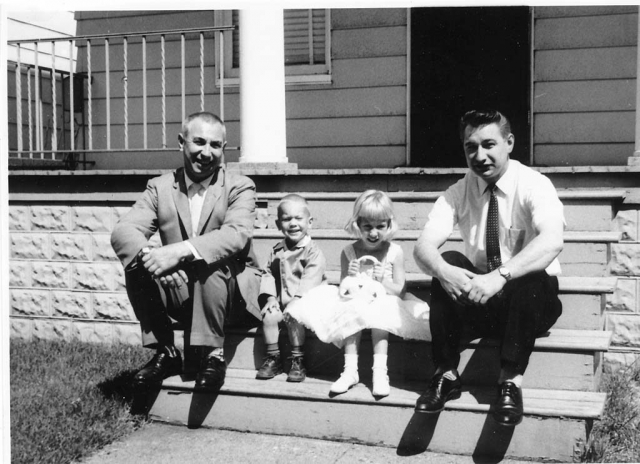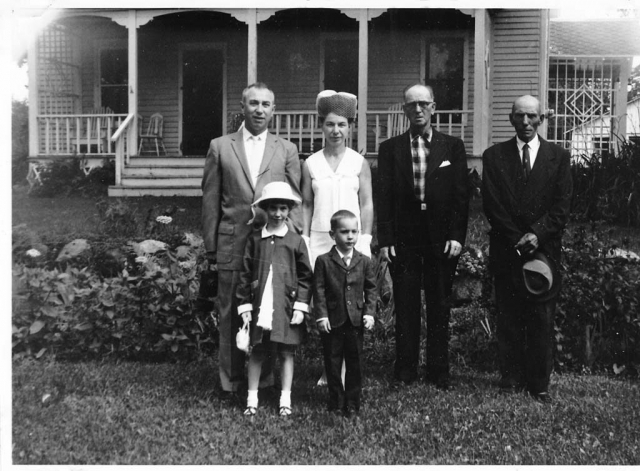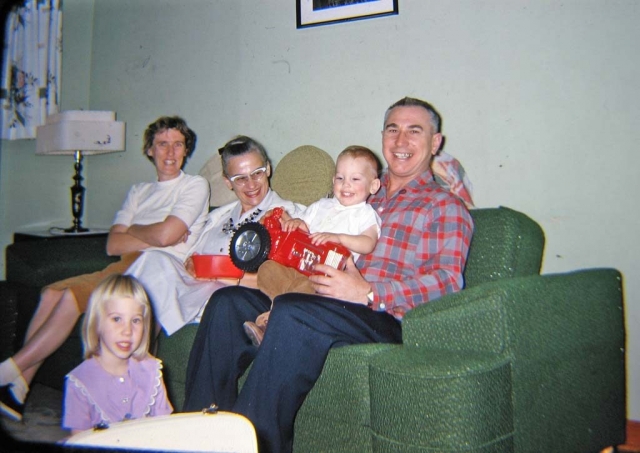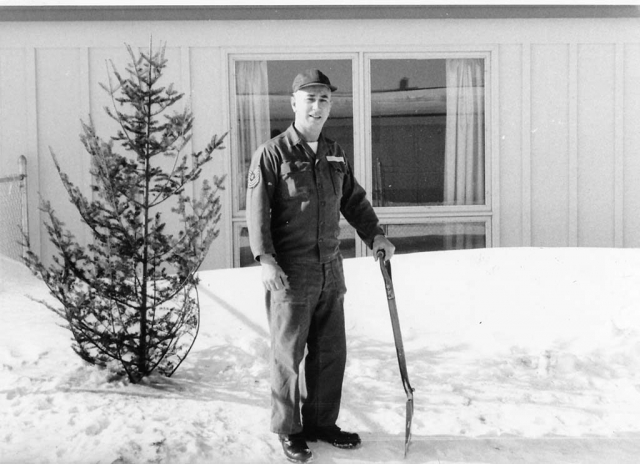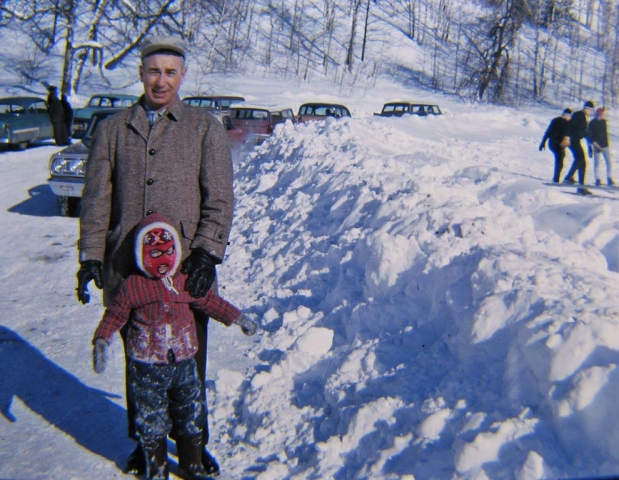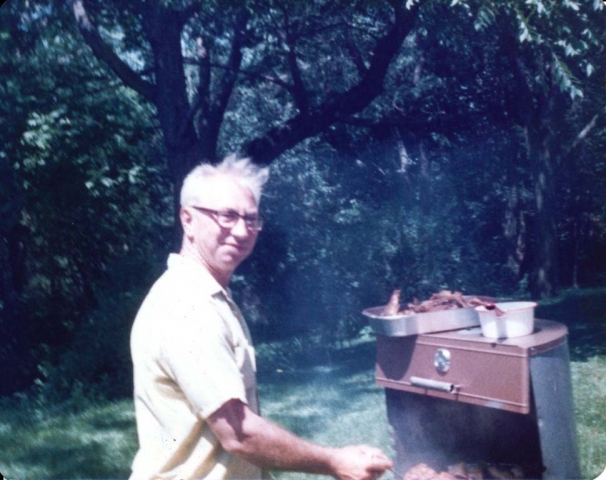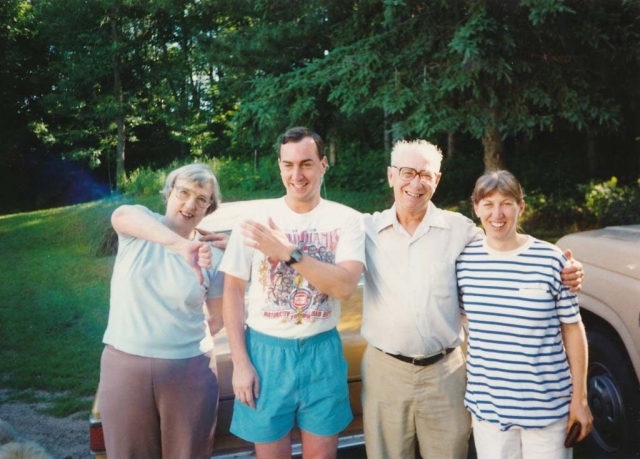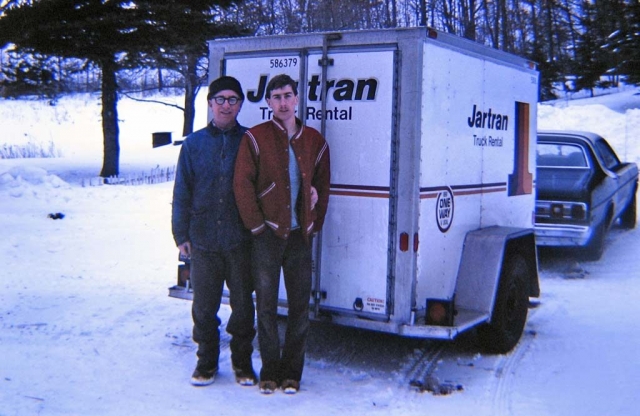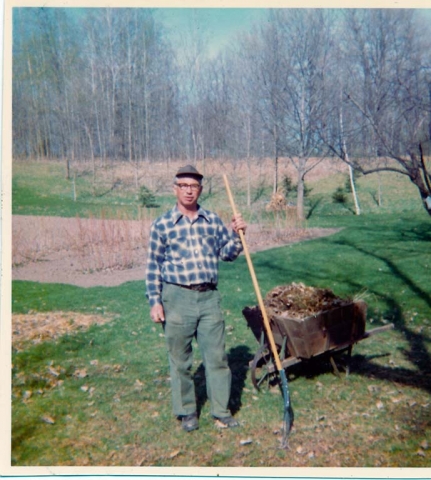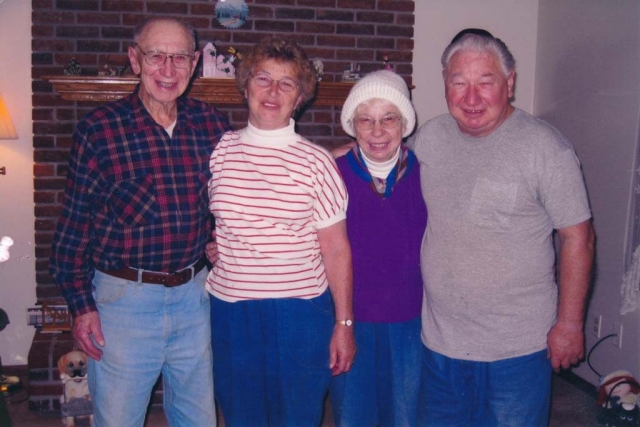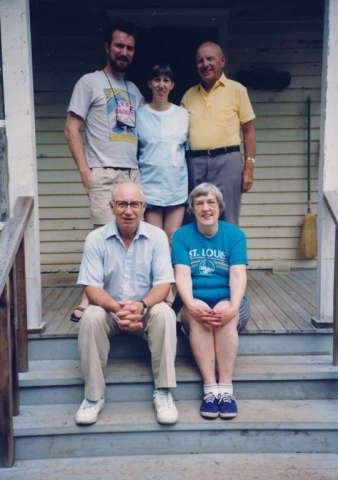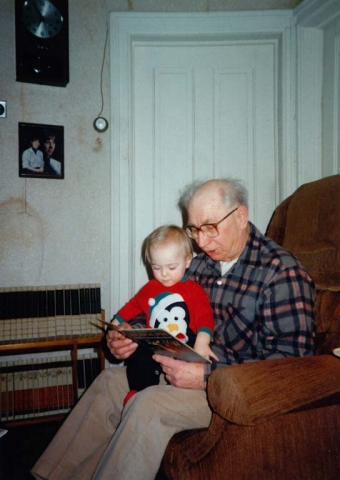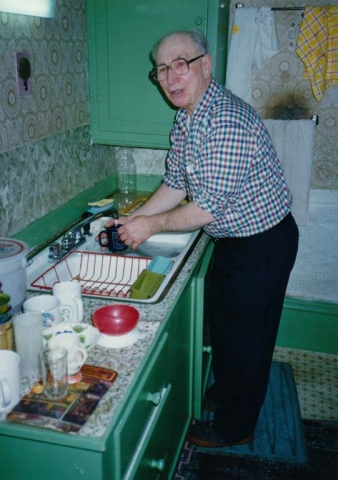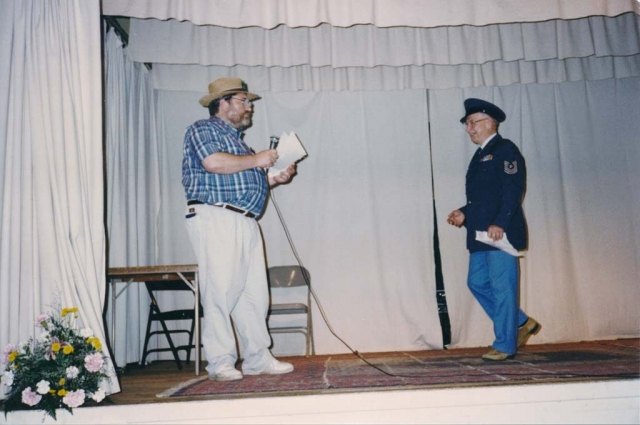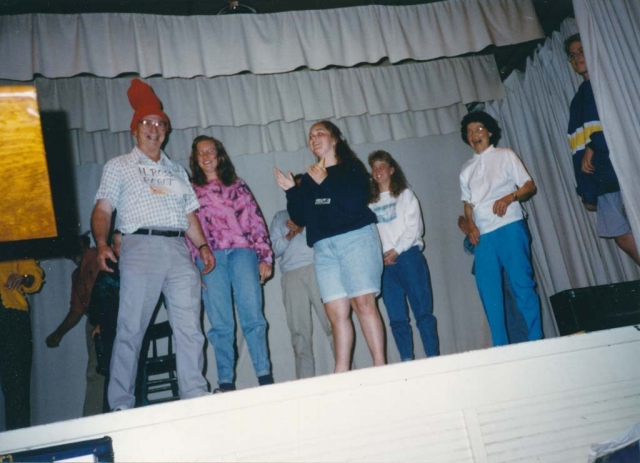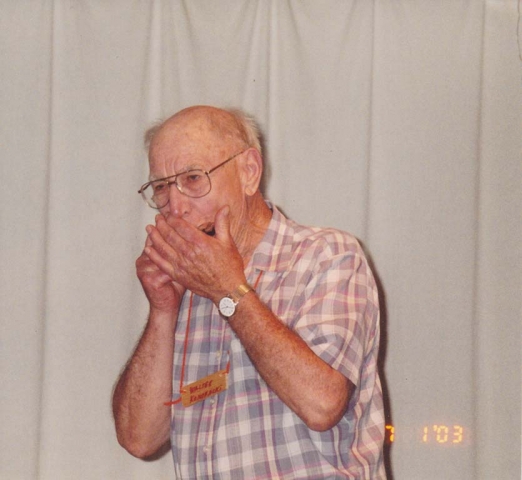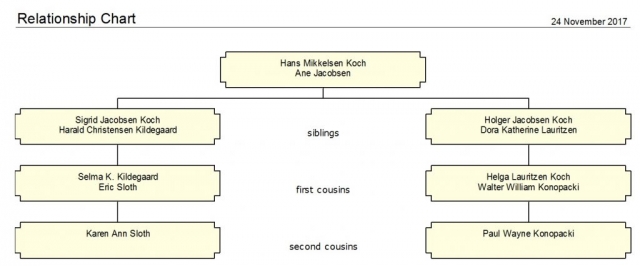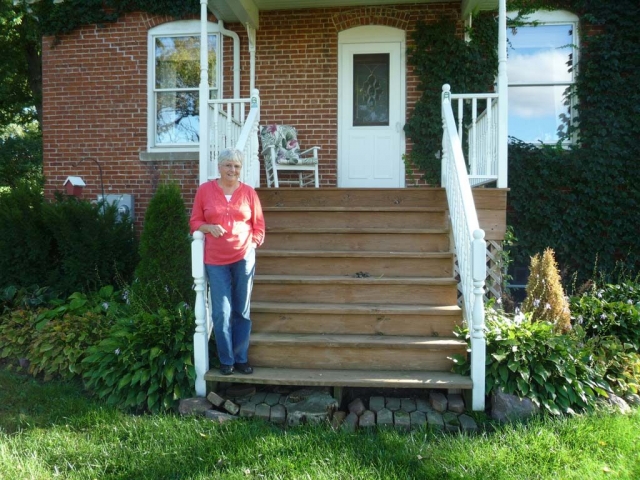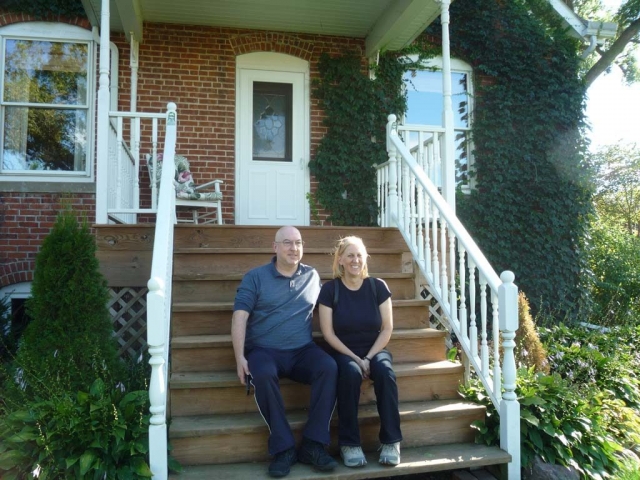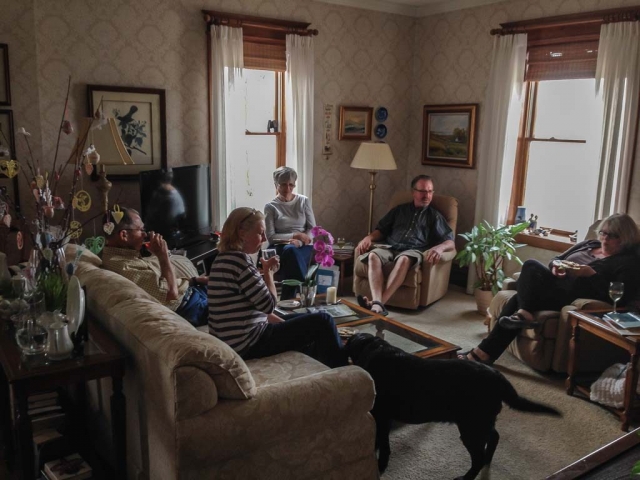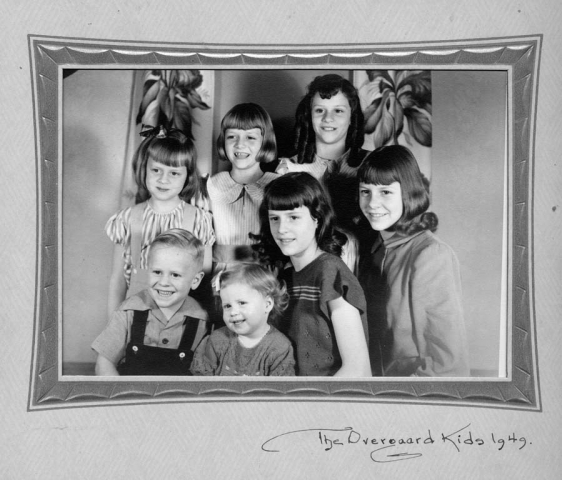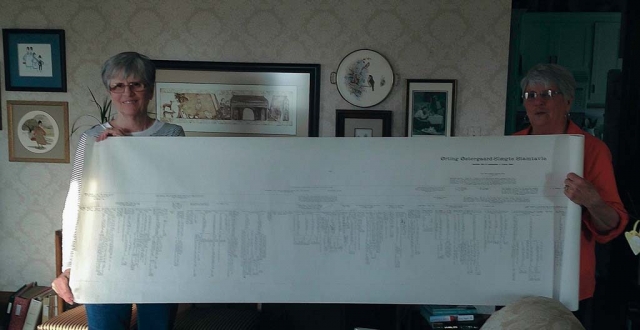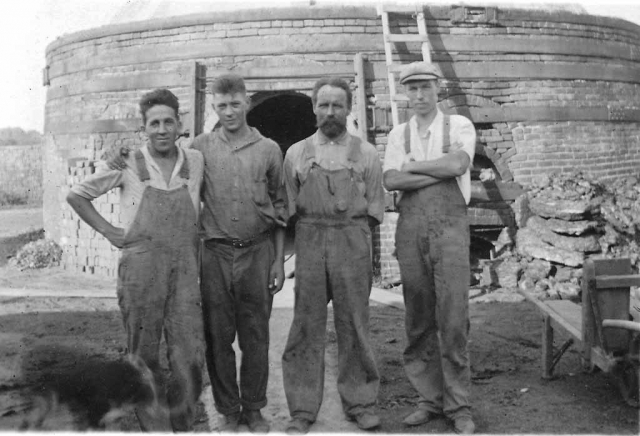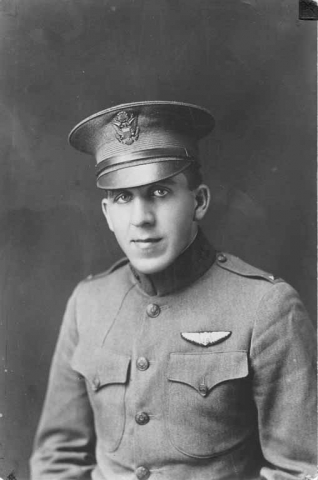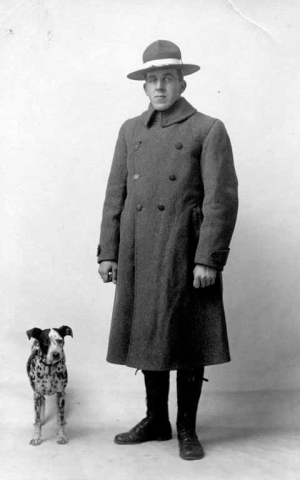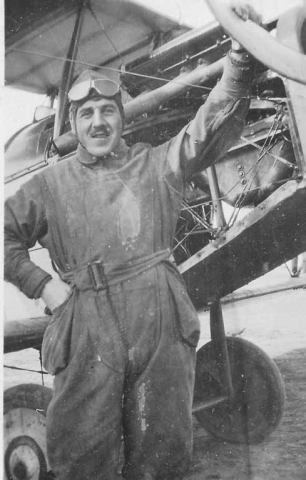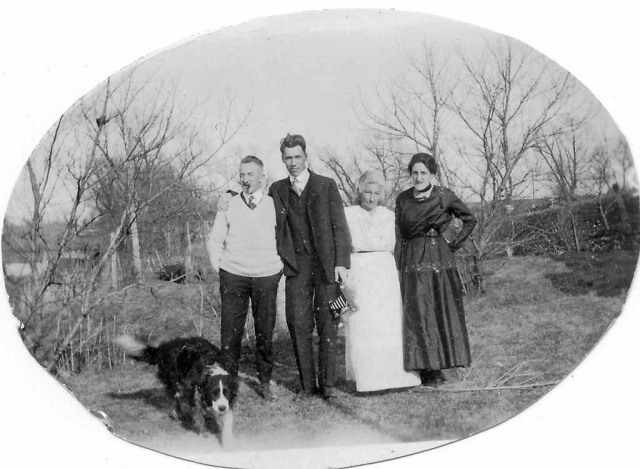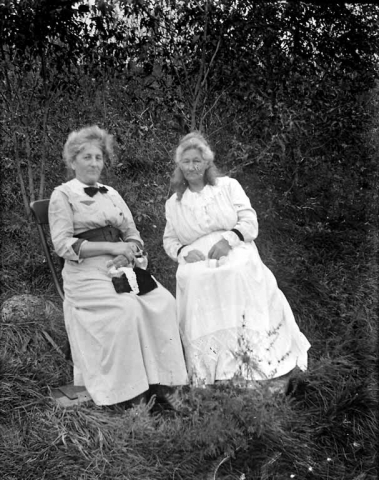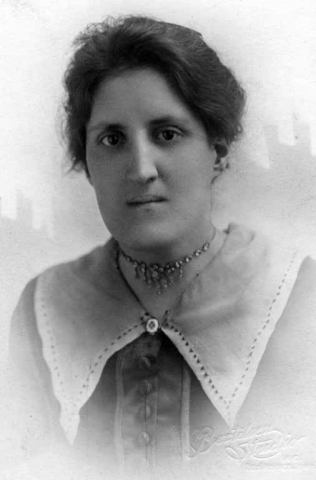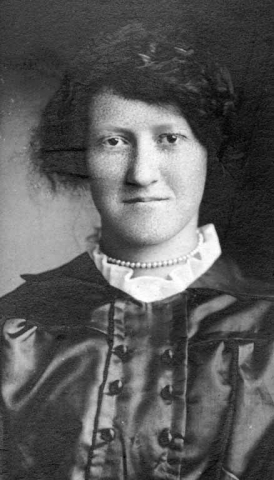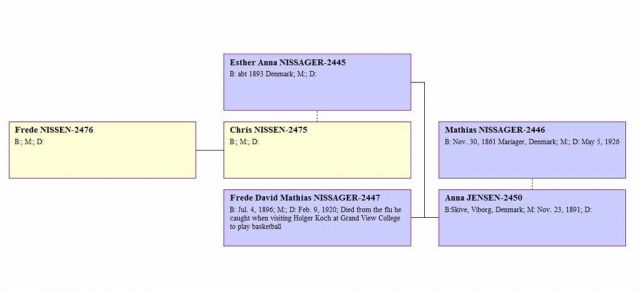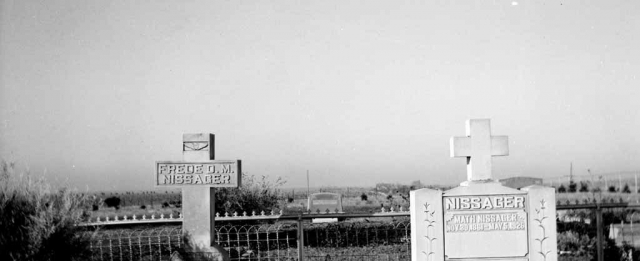Genealogy
Culmination of research I've done regarding my Danish and Polish ancestors. 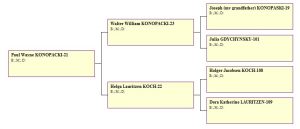
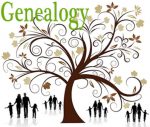
How I Started
Discovery Phase
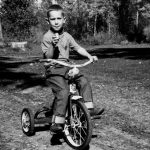
I was born in 1961. Growing up as a boy in northwest Wisconsin, I had no interest in my family history or my Danish heritage. The topics were hard to avoid, however. We lived in a neighborhood called "West Denmark" that was settled by the Danish. To this day it still holds onto many traditions from the 'old country'. My grandfather was the minister of the West Denmark Lutheran Church from 1927 - 1932. Every year, my family attended many of the Danish events held at the West Denmark Hall.
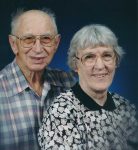
It wasn't until after my mother died from non-hodgkin's lymphoma in 2004 and my father died from a heart attack in 2005 that I discovered the wealth of information sitting in boxes, drawers, trunks, and photo albums. My curiosity was piqued to such a degree that I started to study ever item in detail. There were letters written in Danish between my grandparents when they were courting; old negatives from when my mother's family lived in Iowa; U. S. Air Force patches and paperwork from my father; souvenirs from my parents travels through Europe and Asia.
It is sad I was not interested in these items when my parents were alive. They could have told me all about them. Instead, I was challenged with piecing together the puzzle myself. These were micro-mysteries to be solved. Over time, we would be able to build a story that was the history of my ancestors emigrating from Denmark and trying to make a living in America.
Getting Organized
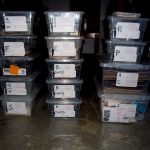 The first step was to start organizing, tagging and cross-referencing items. Some times we could determine a location, event, or time period by looking at the age of the people or noticing landmarks in a photo. Sometimes (thankfully!) someone had written information on the back of the photo. We developed a naming-convention that would allow us to assign a unique ID to every item so that we could cross-reference the digitized item with the original any time in the future.
The first step was to start organizing, tagging and cross-referencing items. Some times we could determine a location, event, or time period by looking at the age of the people or noticing landmarks in a photo. Sometimes (thankfully!) someone had written information on the back of the photo. We developed a naming-convention that would allow us to assign a unique ID to every item so that we could cross-reference the digitized item with the original any time in the future.
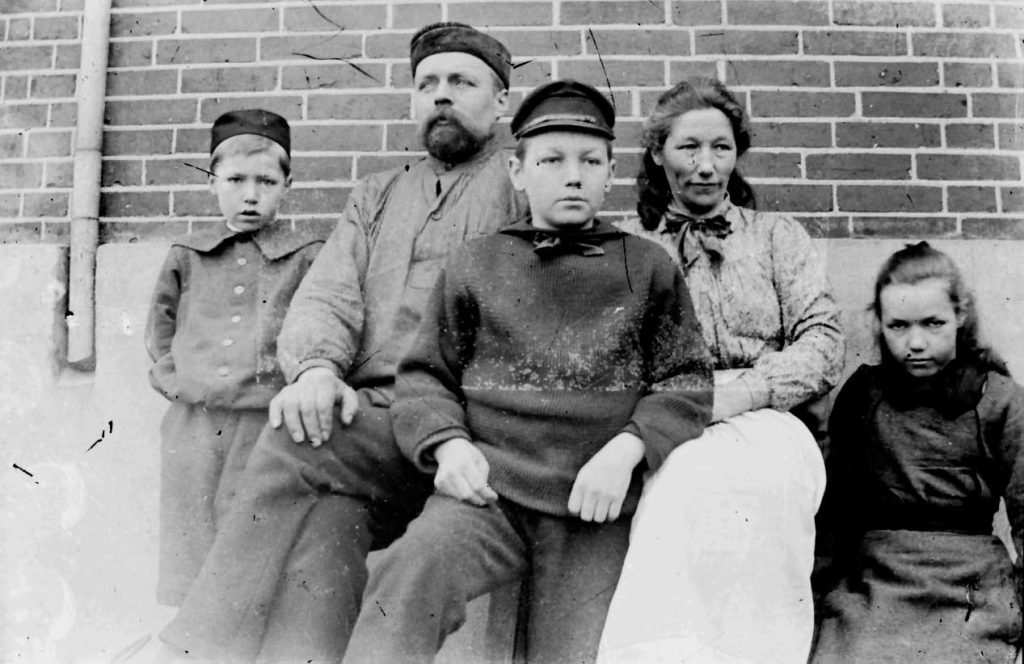
First Visit to Kimballton, Iowa (2013)
 After buying a genealogy software program (RootsMagic), I transferred information from hand-written family trees that my mother had created or received from relatives when she was doing her own genealogy project in the late 1990s. We learned that my great grandparents had immigrated twice to America; the first time to Grant, Michigan. There were not able to make a living, so moved back to Denmark. The second time they had an opportunity to create a brickyard in Kimballton, Iowa. After looking at all the memorabilia my mother had kept over the years, it was time to make a trip to Iowa to find out even more.
After buying a genealogy software program (RootsMagic), I transferred information from hand-written family trees that my mother had created or received from relatives when she was doing her own genealogy project in the late 1990s. We learned that my great grandparents had immigrated twice to America; the first time to Grant, Michigan. There were not able to make a living, so moved back to Denmark. The second time they had an opportunity to create a brickyard in Kimballton, Iowa. After looking at all the memorabilia my mother had kept over the years, it was time to make a trip to Iowa to find out even more.
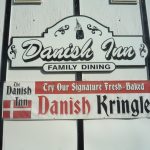 My wife and I arranged to meet with my sister and husband, Barb and Bill Schrammen, in Kimballton, Iowa. The original plan was to return large containers full of ancestor items to Barb to store in her house in Wisconsin, visit the Museum of Danish America, and see if we could dig up any more information from the local people or at the Elk Horn Family History Library. We happened to be staying in Elk Horn, Iowa, a town a couple of miles from Kimballton. While eating at a local restaurant, The Danish Inn, we mentioned the purpose of our visit. One of the workers said I had better talk to Annette Anderson. She knew my relatives very well and happened to be living in the house on the property where the family brickyard used to be!
My wife and I arranged to meet with my sister and husband, Barb and Bill Schrammen, in Kimballton, Iowa. The original plan was to return large containers full of ancestor items to Barb to store in her house in Wisconsin, visit the Museum of Danish America, and see if we could dig up any more information from the local people or at the Elk Horn Family History Library. We happened to be staying in Elk Horn, Iowa, a town a couple of miles from Kimballton. While eating at a local restaurant, The Danish Inn, we mentioned the purpose of our visit. One of the workers said I had better talk to Annette Anderson. She knew my relatives very well and happened to be living in the house on the property where the family brickyard used to be!
Kimballton, Iowa - Click an image to open lightbox viewer
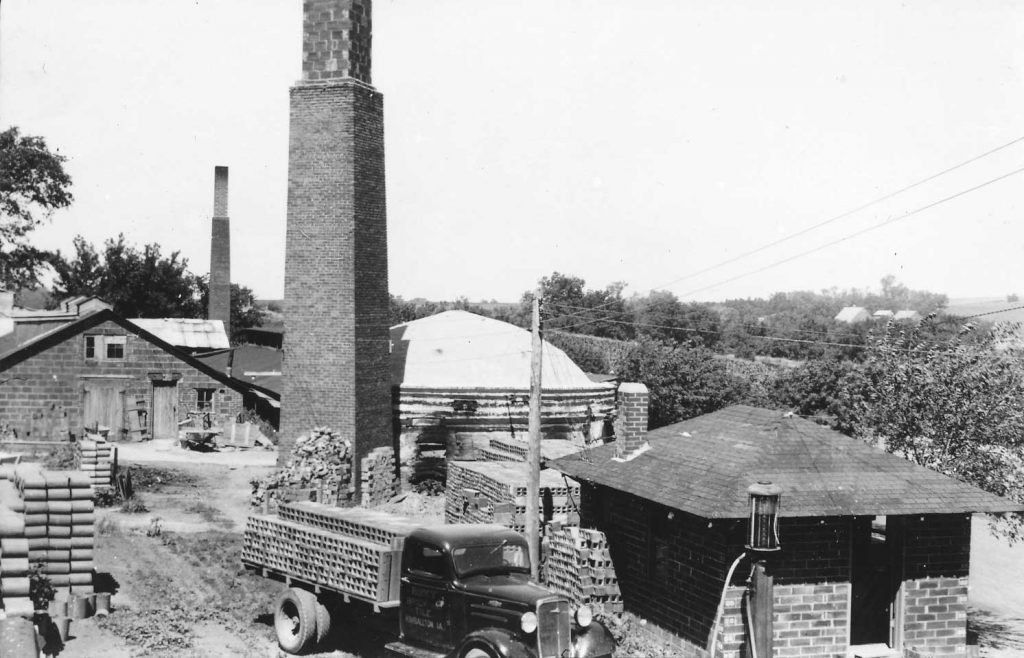
Grand View University Library (2013)
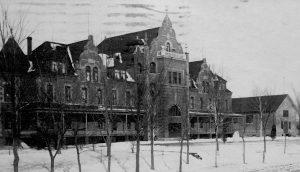
Click an image to open lightbox viewer
Museum of Danish America Scanning (2015)
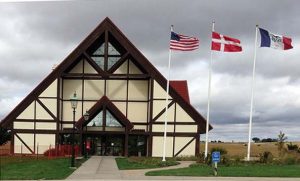 Before I started my genealogy project, my mother and I had mailed and hand-delivered Danish historical items from our ancestor's collection to the Museum of Danish America (formerly know as the Danish Immigrant Museum). Once you donate an item to it, the museum owns it! Now that I was interested in all that detail, I would have to get access to it in the vaults of the museum. I approached the curator, Angela Stanford, with the idea that I would spend a day scanning those items with my own computer equipment.
Before I started my genealogy project, my mother and I had mailed and hand-delivered Danish historical items from our ancestor's collection to the Museum of Danish America (formerly know as the Danish Immigrant Museum). Once you donate an item to it, the museum owns it! Now that I was interested in all that detail, I would have to get access to it in the vaults of the museum. I approached the curator, Angela Stanford, with the idea that I would spend a day scanning those items with my own computer equipment.
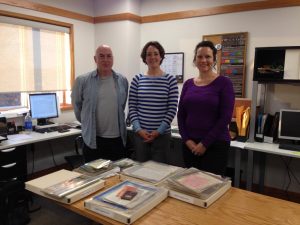
Even though I was already a paying member of the museum, we came to an agreement in that I would make a donation for the effort of the staff to retrieve the items I had noted in a printed list. The day came and I set up a laptop and scanner. While I scanned for hours, my wife downloaded some items from the museum's database that were already digitized (although of poor quality). Time ran out and some items did not get scanned, but I walked away with some good quality scans that I could then analyze and categorize with the rest of the historical family in my possession.
Most of the images in the slideshow below are from the Roxy Clay Works brickyard 1 mile south of Kimballton, Iowa. My Koch relatives lived and worked there much of the first half of the 1900s. Hundreds of photos were taken and preserved of their lives during that time. My mother, aunt, and uncle all graduated from Elk Horn High School during that time. After they left for college or marriage, Holger and Dora Koch (my grandparents), moved back to West Denmark, Wisconsin (about 1947).
Click an image to open lightbox viewer
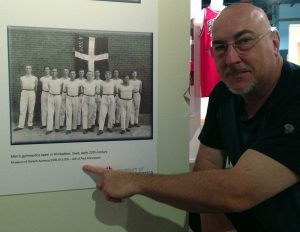
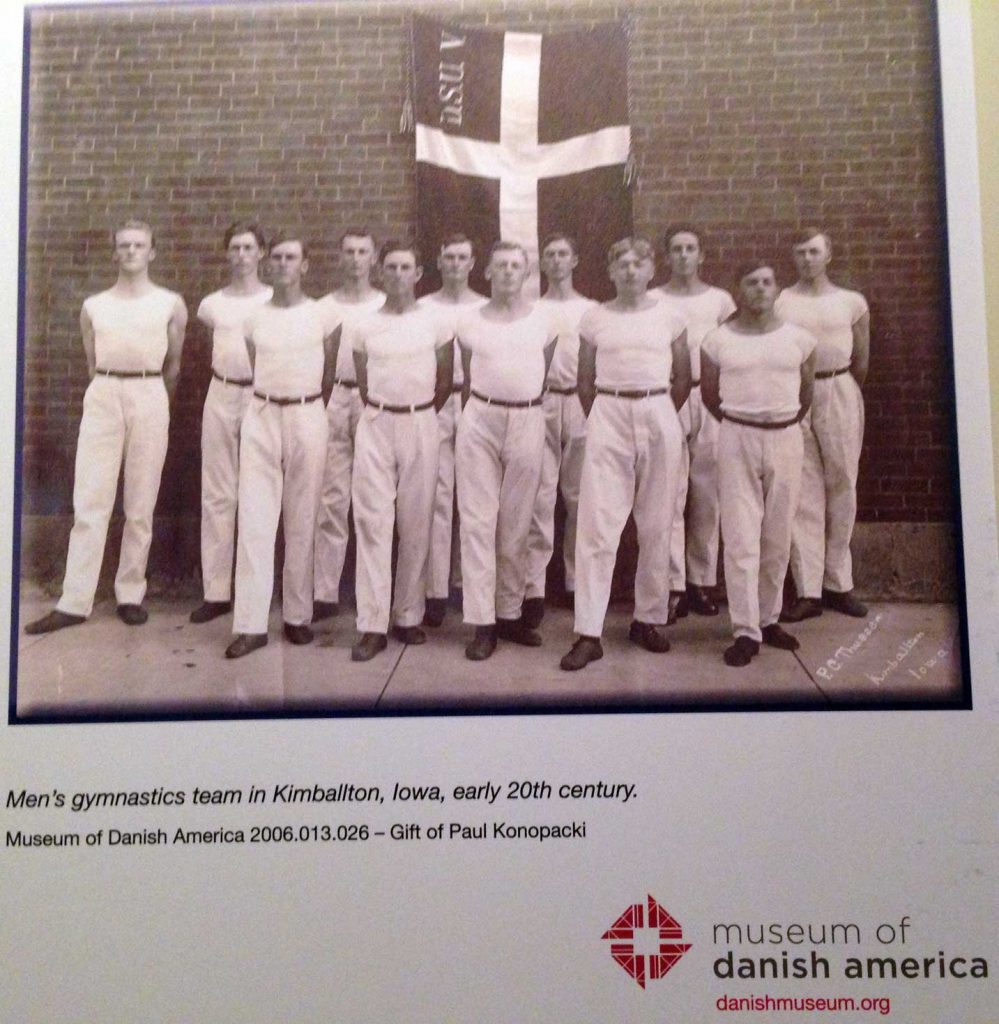
Genealogy - Town Visits
In 2016, I decided to take a few days vacation and drive to some of the towns my relatives lived in around the mid-western United States. In some cases I knew what I was looking for and who I wanted to talk to for gathering more information about my relatives and share the photos I had collected. However, once I got to a town, I was open to opportunities to discover new things and meet new people. These stories are of my adventures in those towns.
I felt a need to visit the towns my Danish ancestors lived in to make sense of the photos taken at those location. My plan was to seek out anyone still alive who knew my relatives or could refer me to people or resources where I could do more research. I scheduled a solo driving trip around the midwest US that would take at least a week.
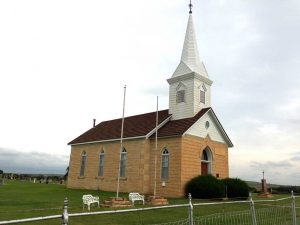
I started with Denmark, Kansas at the Denmark Evangelical Lutheran Church. This was the first ministry of my grandfather, Holger Koch. He saved many photos from the parsonage where he lived, just down the hill from the church. I have relatives buried in the cemetery behind the church. Downtown Denmark, Kansas is about 1 mile, down a hill to the left.
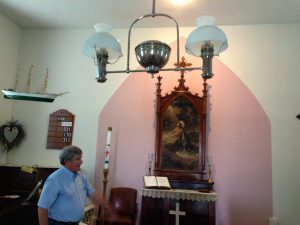
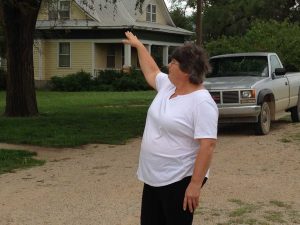
I met with Stan Crawford who was from the Denmark, Kansas area and was able to open up the Evangelical Lutheran Church so I could see the inside and look at the registry book. In the book, I found records from when my grandfather was the minister, the baptism, marriage, and death records of other relatives. Stan gave me a driving tour of the area and showed me around the inside of the community center that is right next to the Lutheran Church.
In the afternoon, I knocked on the door of the parsonage where my grandparents spent a few years and took many pictures. The door was answered by Sharon Errabo, current owner of the house. After I explained who I was and why I was there, she gave me a tour of the grounds and let me see the inside, including the original woodwork that I was familiar with from photos I had digitized.
Video
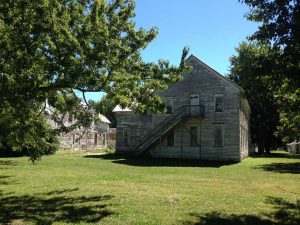
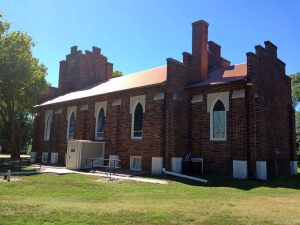
The next day I drove to Nysted, Nebraska. It is a town that isn't on the map, anymore. Remnants of the Danish Folk School still existed. My grandparents taught here for a year after they left the ministry in Denmark, Kansas. While walking around the remains of the folk school, I met with a man mowing the lawn. I explained who I was and why I was there. He gave me a personal tour of one of the abandoned and decaying building. That night I stayed at motel in a nearby town. I did a cold-call to the pastor of the Nysted church who suggested I join him for tomorrow for the Sunday service. And I did! After the service, we met in the basement where I was able to show some of the old photos I scanned from when my relatives lived in the area. The church has their own historical photo album that they let me digitize.
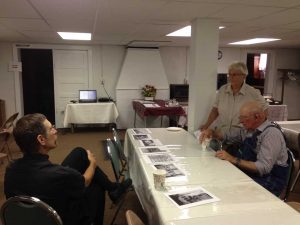
Meeting in the St. Peder's Lutheran Church basement to look over old photos from Nysted.
Video
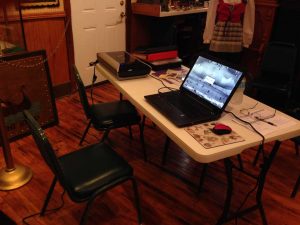
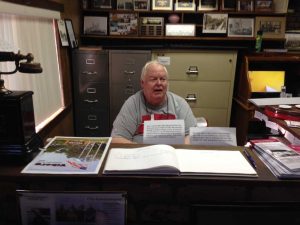
Sunday afternoon I drove to Viborg, South Dakota. This is where many of my grandmother's family lived. Her name was Dora Lauritzen. I never knew her, but our paths did cross because I was born in 1961, a few months before she passed away. A few weeks before arriving in Viborg, I had contacted the curator of the Danish Heritage Museum, Richard Skola. I told him how I was associated with the town and that I planned to visit for a few days. Since the nearest motel to Viborg was at least 20 minutes from town, he invited me to sleep on his couch. I accepted. I just so happened that one of my relatives, Lester Lauritzen, has recently passed away. He was a member of the museum board and very active in its support. The museum set aside a corner in their building dedicated to Lester containing personal items. Lester was very detailed at recording events, including photos. I spent hours digitizing some of the photo albums the museum found in Lester's house. You see, Lester donated his farmland and buildings to the Viborg museum!
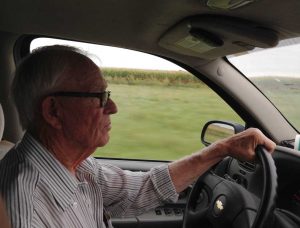
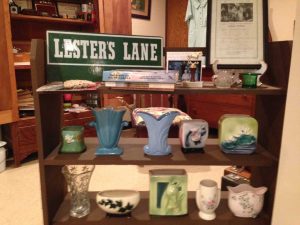
While in Viborg I visited with Vernon Andersen. A longtime resident of the area, he knew the Laurizen family when they live there. He and I drove through the countryside while he told me who used to live here and there. I showed him printed copies of photos my grandmother took in the Viborg area. He knew many of the people and locations. He told me a story where he and his wife visited a town in Wisconsin called Luck. That is where I grew up. He met a woman who had relatives that lived in Viborg. He did not know at the time that the woman was my mother!
Video
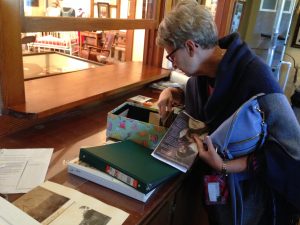
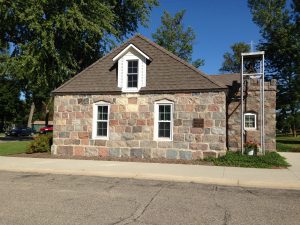
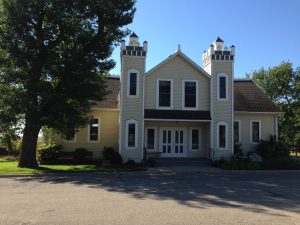
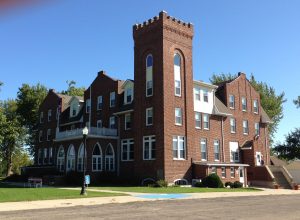
The next stop in my town tour was Tyler, Minnesota. There are a collection of buildings called Dannebod that have a large Danish significance. Many photos saved by my relatives are from their visits to Dannebod - not only attending the folk school events, but being on staff. The day I was there, the folk school building was open and empty of people, so I took a self-guided tour and captured it on my iPhone.
Later, I met Ricke Bly, who was involved with the preservation of the "Stone Hall". She allowed me to look through their photographic archives and make a digital copy of whatever I wanted. I would have liked to stay longer, but I ran out of time.
Video
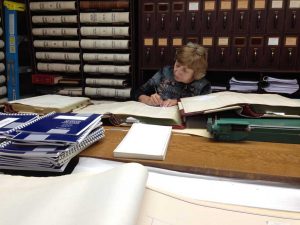
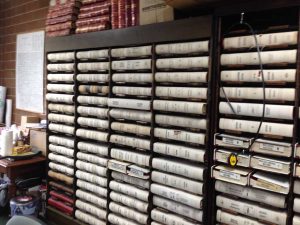
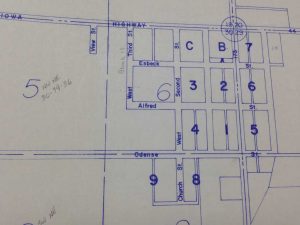
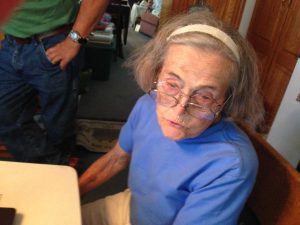
Helga Koch - Cornell College (1946-1950)
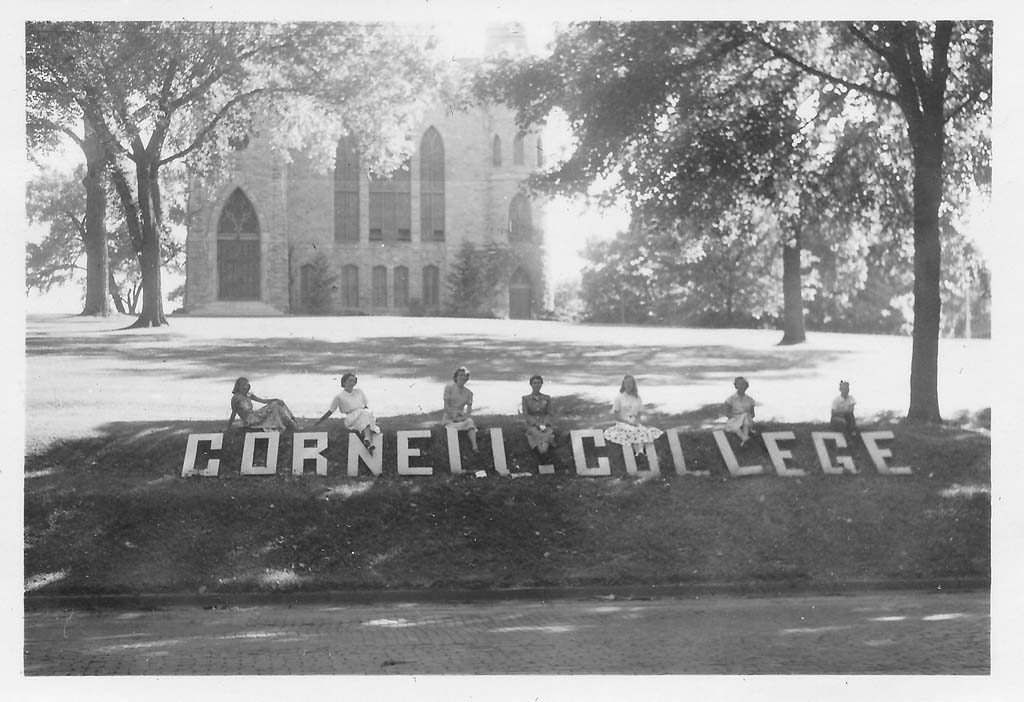
After my mother graduated from Elk Horn High School in Iowa in 1945, she went to Cornell College in Mount Vernon, Iowa. She took a lot of photos during that time. Luckily, she wrote information on the back of printed photos and under each that she kept in albums. After digitizing them, I published them to a Flickr album.
Click an image to open lightbox viewer
Alumni Publication
I needed to share the photos my mom took during her college years with the school's alumni. Perhaps people who went to school with my mom would be able to not only enjoy the memories, but give me additional information about them. In 2015, I contacted Dee Ann Rexroat (Cornell '82), Director of Marketing & Communication and pointed her to the Flickr album. Her response:
"Paul, This is amazing. I recognize what I think is our 1947 national championship wrestling team with coach Paul Scott '29 at the old Mount Vernon train depot. I cannot wait to see the rest of the photos. I'm copying our archivist, Jen Rouse, and our alumni director, Lisa White, and we'll wait for more information to see the rest of the images and information. Over time I will be able to help provide some context. There are still a lot of alumni from that era who would enjoy seeing these."
"You may be aware that the Class of 1950 is a pretty unusual class. It was close-knit and had a lot of leaders, including former Board chair and Cornell's most generous philanthropist, Richard Small, and a best-selling economics textbook author, Campbell McConnell. It was because of the wishes of this class that 50th reunions were moved to Homecoming in the fall instead of being held in the spring with just the older alumni."
After a few weeks, I hear from her again:
"Paul, we are talking about using a selection of Helga's photos in the next Cornell Report magazine ... I have shared these with athletics and alumni offices. Someone shared them with our president, and he loves them. In fact, he's visiting Richard Small '50 next week and plans to share them with him. What a gift you and your mother have given us."
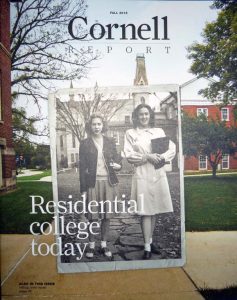
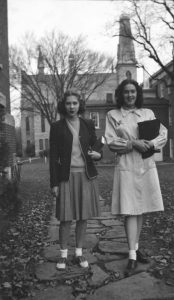
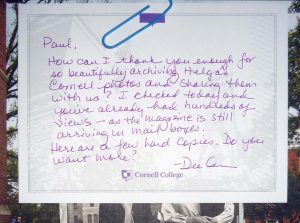
After some information exchange, I was able to provide Dee Ann with the images and background story. The Fall 2015 issue of the "Cornell Report" magazine was published in November, 2015 with the article, "A Snapshot of Postwar Student Life" . The magazine cover shows my mom's black & white photo superimposed over a current color photo of the college campus.
50 Years After
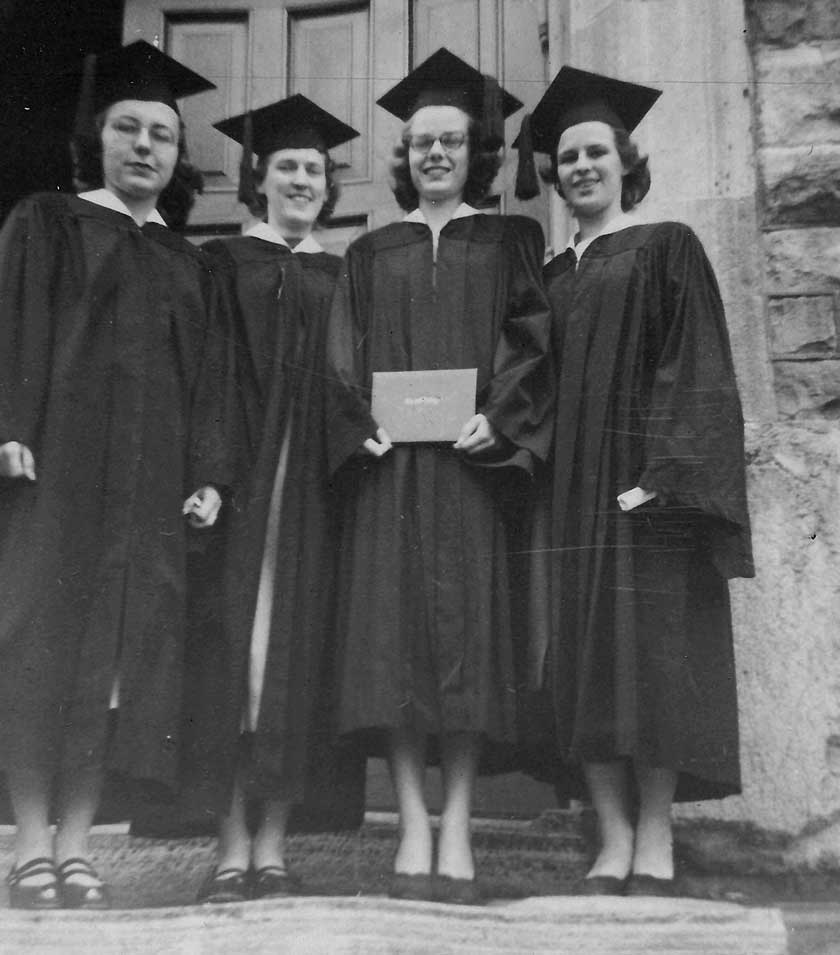
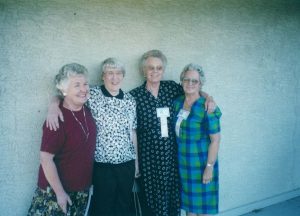
Life of Walt Konopacki (My Father)
Family History
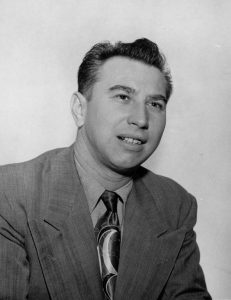
Compared to my mother, I have very little family history on my father's side. My mother is of Danish ancestry. Her family and ancestors kept good records of the blood line. The churches in Denmark kept very detailed records of births, baptisms, marriages, and deaths. I have been able to find groups in the United States to help me translate documents written in old Danish into English.
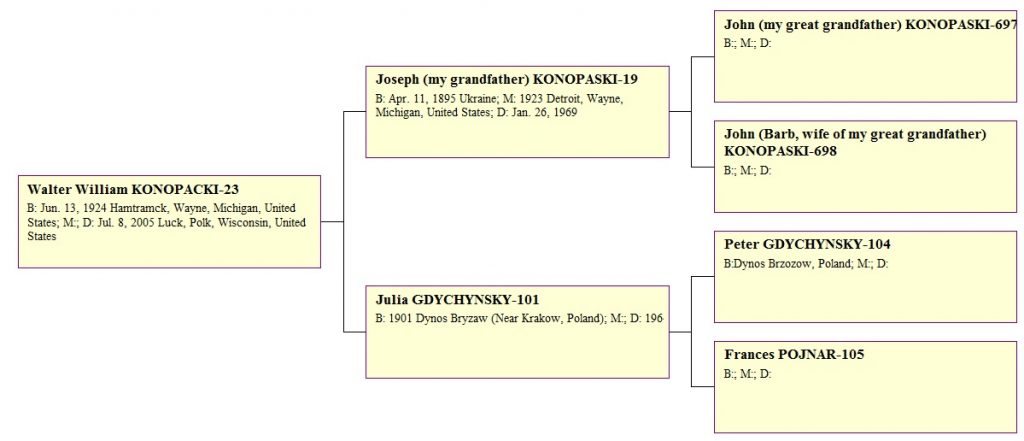
Military Career
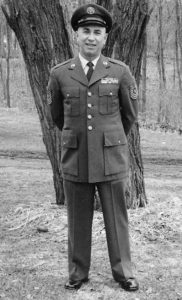
Walt joined the USAF on February 28, 1946. He was at boot camp in Biloxy, Mississippi, then stationed at Biggs AFB in Texas for many years. His first overseas assignment was Guam. That is where he developed a life-long foot fungus. He reenlisted in the USAF a number of times. I do not know the details, but it was during the early 1950s that he met my mom, Helga Koch. It wasn't long after that they married and moved to a USAF base in Japan.
From 1964 - 66, the family lived on base housing in Duluth, Minnesota. In 1966, Walt was stationed in Takhli, Thailand while the rest of the family lived in their house on the north shore of Little Butternut Lake, near Luck, Wisconsin. Walt returned to the states in 1968. The family moved for less than a year to the Davis-Monthan AFB in Tucson, Arizona, after which, Walt retired from military service at the rank of Master Sargent.
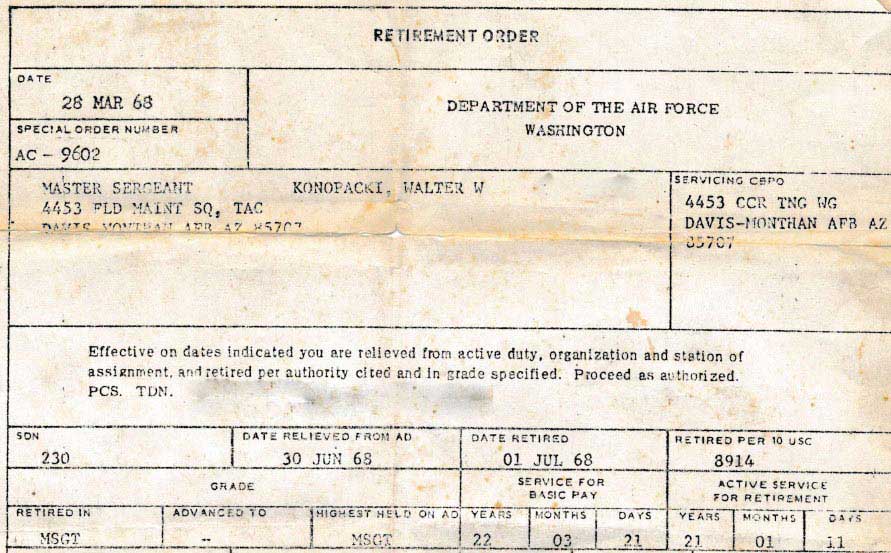
Retirement
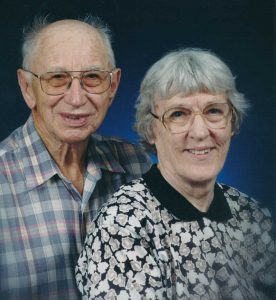
In early retirement, Walt took on menial jobs: cleaning out used car at a lot in Luck, Wisconsin; delivering LP gas to residents in the area. He got a job with the Luck Public Works Dept. and made his way up to supervisor. He became the Luck Civil Defense Directory. He eventually retired from work with the city of Luck.
Father and Son
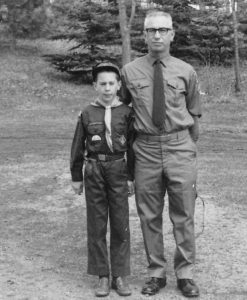
My dad and I had a tempestuous relationship. Because of his military obligations during my formative years, we did not do the traditional father-son baseball catch. When he retired from the air force, I think he expected me to be his 'little soldier'. But my mother raised me to be independent. Our personalities and expectations clashed. He never attended my school activities. My mom filled the gap by playing the role of both 'mother' and 'father'. I will say though, that he did become the local Boy Scout Troop 147 leader when I was a part of that group. But he and I never had heart-to-heart talks or shared our thoughts and dreams.
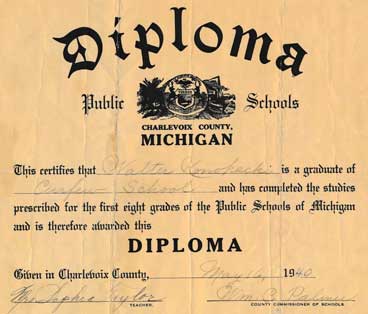
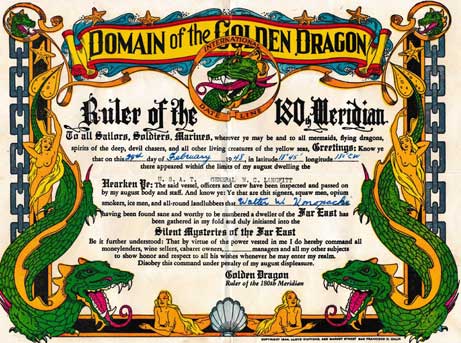
The Name
(Uniforms) - Click an image to open lightbox viewer
(Japan) - Click an image to open lightbox viewer
Genealogy - Interviews


In May, 2016, I made arrangements with Larry and Jan Fajen of Elk Horn, Iowa to invite Jeanette Lillehoj and Bernard Kaltoft to their house so I could share all Koch family photos I digitized of the Elk Horn / Kimballton, Iowa area. Jeanette went to school with my mother in the 1940s. Barnard did not know the Kochs, but is a history buff of the area. For a couple hours I showed them photos, some printed on paper, others just displayed on the laptop. The highlights were put into a video that is published on YouTube.
One of the biggest discussions were about where the railroad once ran through Kimballton and along the brickyard that the Koch family owned and operated. There were hints in some of the photos. Luckily I scanned the photos as a very large resolution which allowed us to zoom in far enough to see details that were unidentifiable in the original printed photo.
We also talked a lot about the municipal swimming pool in Kimballton; where it was located, the addition of the gazebo, and while it was eventually closed.
Video


During Thanksgiving, 2015, I drove to my home town of Luck, Wisconsin to meet with Eva Hansen who was at an assisted living home in town. My sister, Barb, helped me set up the meeting since she was working at the home. The Konopacki family and the Hansen family have known each other for decades. We were all members of the West Denmark community and most of the kids went to Luck Public High School in the 1970s. Eva was 97 years old during my visit with her. Her mind was still very sharp. I didn't realize that she lived just up the hill from my mom when the Koch family lived in Kimballton, Iowa in the 1930s and 1940s.
Many of the photos I had on my laptop were from Kimballton and the West Denmark area. Eva commented on the photos as I scrolled through them. She even did an immediate translation of Old Danish into American English when she saw the writing on the back of an old photo. I was recording our conversation on an audio recorder. I later created a slideshow video with the audio as the narration. It is published on YouTube.
Video

When the Koch family (my maternal ancestors) was running the Roxy Clay Works brickyard 1 mile south of Kimballton, Iowa, there was another family helping make bricks called the Overgaards. Two parents and seven children lived in a small house on the property. Over time, the Overgaard family took over the brickyard. The oldest child, Annette, eventually bought the property, along wit the brick house my great grandfather built in 1909 on the property. Annette works as a volunteer at the Museum of Danish America in Elk Horn, Iowa a few miles away from Kimballton. She noticed that my mom and I were donating items to the museum in the early 2000s, some of which included photos and documents related to the brickyard. In 2013, I met Annette at the brick house to look at old photos; the actual physical items and the digitized versions. I left the original items with Annette for her to decide if there were any that the museum or herself would like.

In 2014, I return to the brick house, this time to meet Karen (Sloth) Rafferty, from Omaha, Nebraska. Karen was at the Museum of Danish America one day. Through a series of coincidences, she was directed to Annette, who then got her in contact with me. It turns out Karen is my second cousin who is also interested in genealogy! We compared notes. She introduced me to her mother, Selma (Kildegaard) Sloth, who ended up being invaluable to me in translating old letters kept by my ancestors and written in 'Old Danish'. During this same visit, Annette's sister, Karma (Overgaard) Petersen and her husband stopped by. I recorded audio of our chat in Annette's living room.
Click an image to open lightbox viewer

Genealogy - Misc
Just because these are in a category called 'miscellaneous' does not make these stories any less significant in my genealogy project. Some are 'adjacent' stories not necessarily referencing my family tree, but family history related, none-the-less.
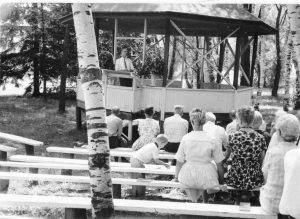
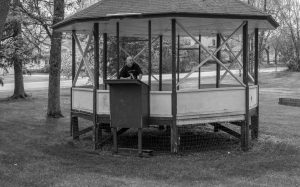
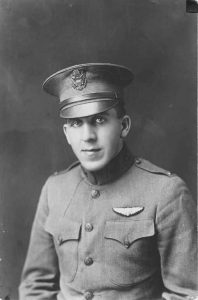
Excerpts from a translated letters:
February 10, 1920 - From mother to son (Ane Koch to Holger Koch)
Dear Holger, Fred was not well on Monday after he had come home from Des Moines. That day I talked with Mrs. Nissager, but they thought not at all that it would be anything bad. Tuesday afternoon Mr. Nissager got sick and Wednesday evening Mrs. Nissager got sick.
Yesterday at 2:00 I was called up there by Esther. She could not hold out any longer without talking with me. I could not come in, so Esther and I sat just outside the door on the kitchen steps and talked. Poor Esther, she was all beside of herself, complained and complained. "Poor Father, what shall become of him if Fred dies." At that time lay Fred with a high fever, so death could come at any time. And she said to me, yes, now you may go. It can be over any moment. Father and Mother sit on both sides of the bed and hold his hands.
When I had been home for 2 hours, Mrs. Soe called and said that Frede was dead. You remember well New Year' Day when they were here. It is lovely remembrance we have of Frode.
Loving greetings from all of us here from mother.
The father, Mathias, died in 1926. That left Anna and Esther alone, so they decided to move back to Denmark. Esther married a man named Chris Nissen. They had a son they named after Fred. Other than the letters and a few photos that where kept by the Koch family, I have not been able to find anyone still living who remembers the Nissagers. There is little I could find on the internet or on the popular on-line genealogy sites. What follows are some of the photos of the Nissagers in my ancestor's collection.Click an image to open lightbox viewer

I met with Sherree Schmiedt on the suggestion from Richard Skola, curator at the Daneville Heritage Museum in Viborg, South Dakota. The main purpose was to look at plat books to see if I could locate farmland outside of Centerville, South Dakota where my relatives used to live. I ended up creating a video as Sherree showed me around her historical Centerville collection that is on display in a building the middle of town.
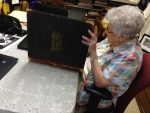
Sherree and her husband used to own the drug store in town. It was later sold, but the adjacent building was used to store antiques and collectables from people in the surrounding area. Sherree manages the personal collection and spends time in the building, but she hesitates to call it a 'history museum' because of all the expectations and demands from the public for such a designation!
Video
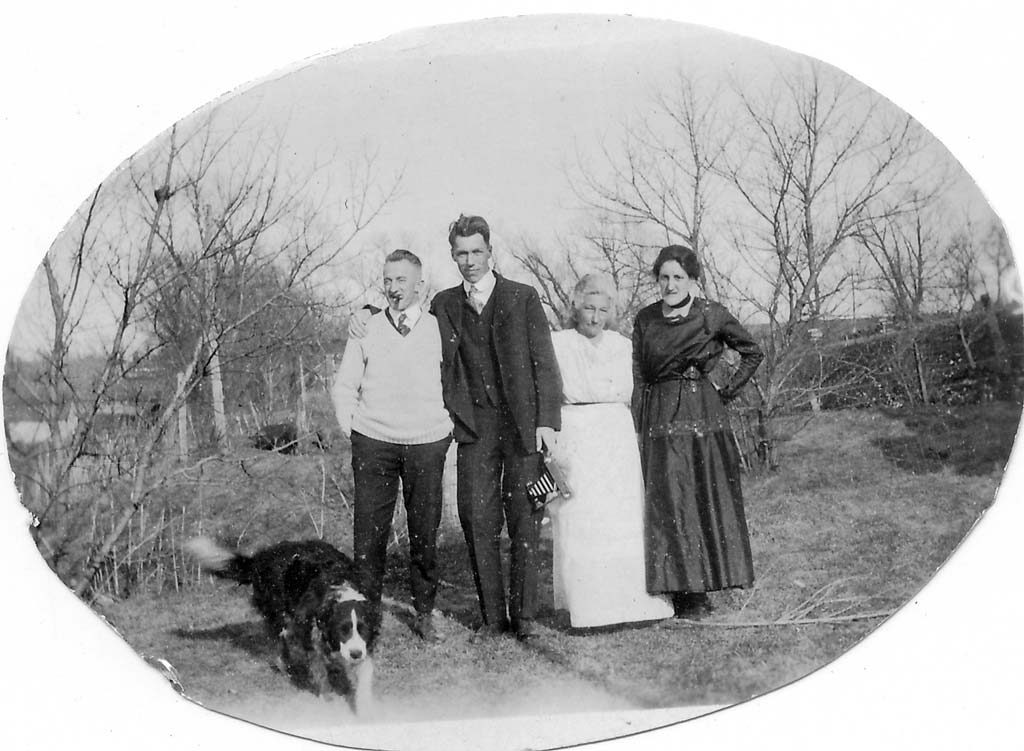
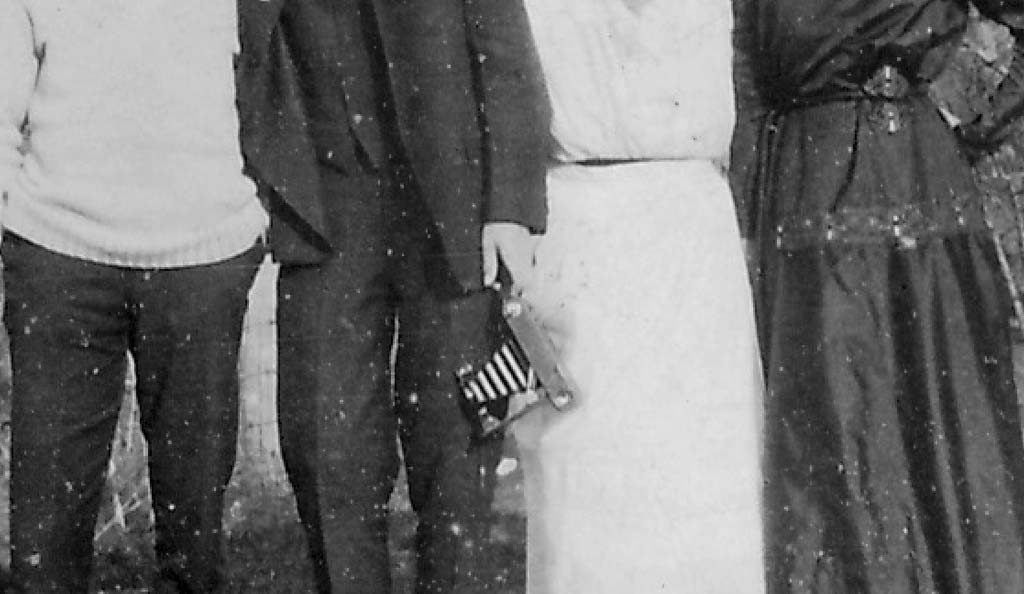
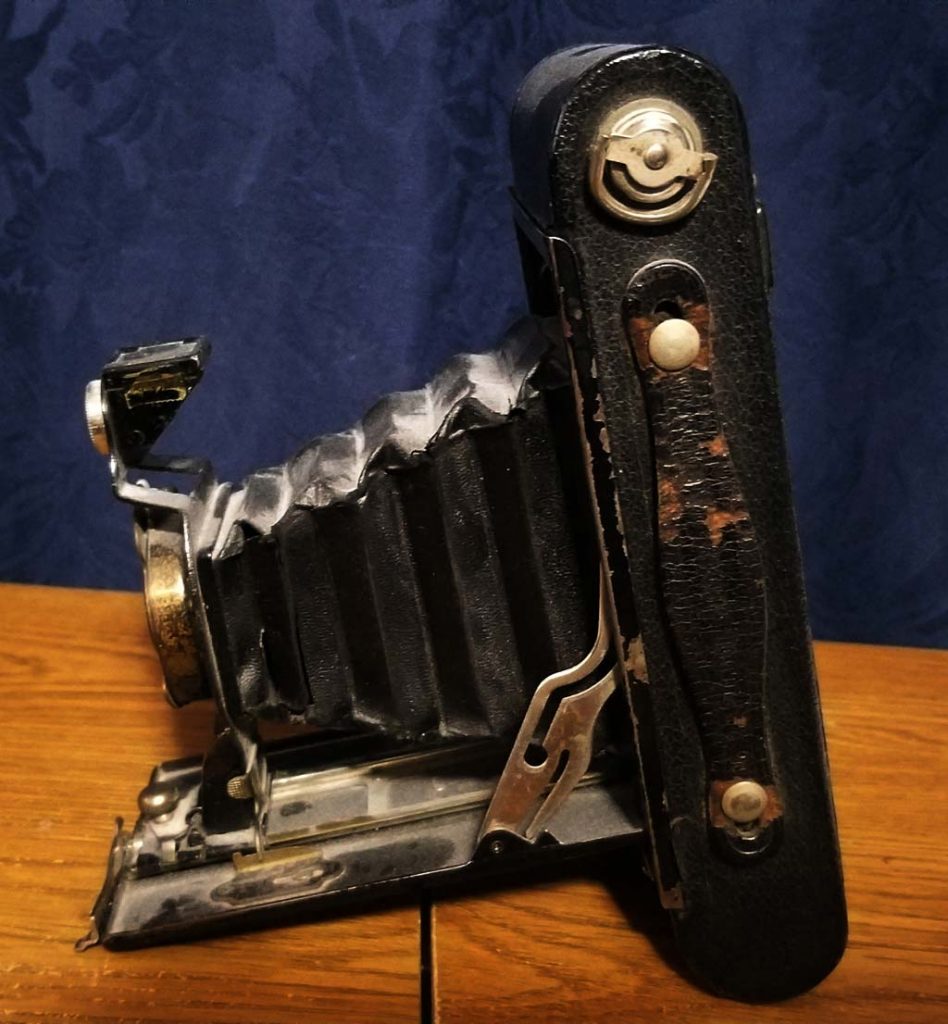
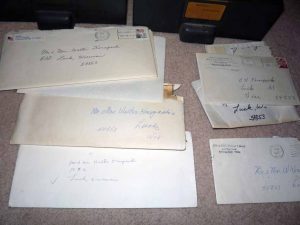
- His mother, Ane Koch
- His first wife, Dora Lauritzen
- His college friend, Paul Petersen
- A girl he knew while living in Kimballton, Alma Madsen
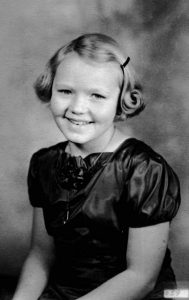
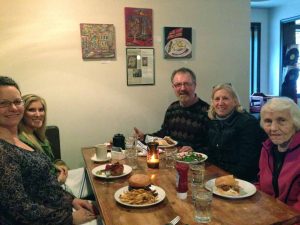
Translation Example
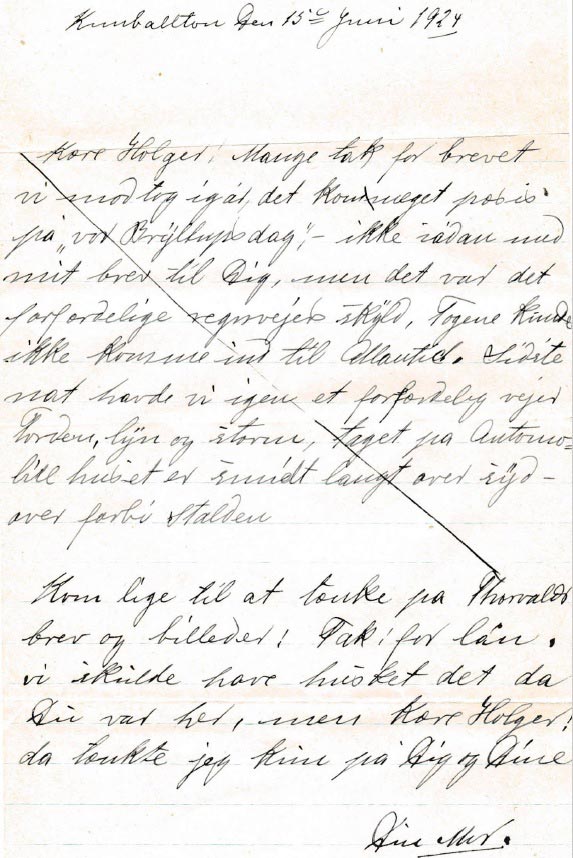
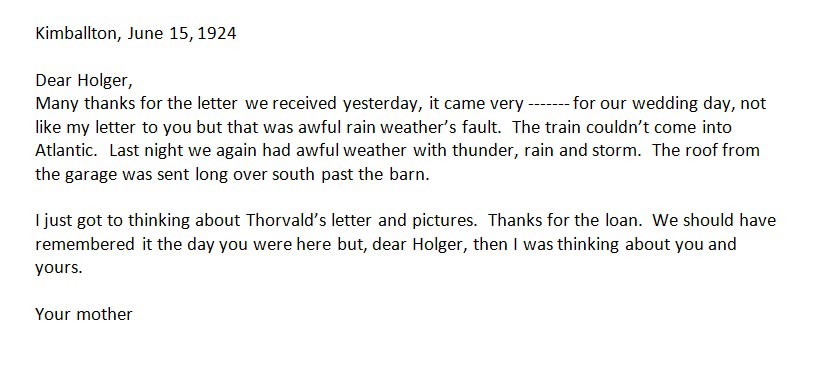
Genealogy - Software
Software Packages
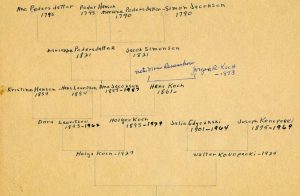
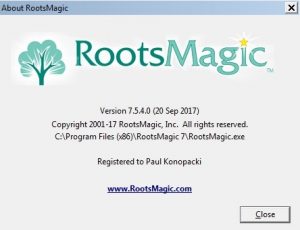
For a school project in the 1970s, my mother drew our family tree on a piece of cardboard using a pen. In the 1990s, I used software called "Family Tree Maker" mainly to get my family tree information into a computer. I didn't do much else with the data. Decades went by and that program no longer worked to my satisfaction.
In the 2000s, after researching leading software programs, my wife suggested "Roots Magic". This is the software I currently use to manage my genealogy database. It has many interesting reports and can interface to on-line genealogy databases such as "Family Search" and "Ancestry.com". If the software doesn't give me the information or report I need, the "Roots Magic" database is in an SQLite format, so I can use free database IDE software to do my own data manipulation and reporting.
Roots Magic
There is a very large user community for this software package. The Roots Magic web site has a user forum and also a Facebook page. There are user groups and a mailing list.
On the negative side, the overall design of the software is somewhat out-of-date and the menu system is not structured very well. One user described it as 'very clicky'. And I agree. To get to certain data you have to navigate through a large number of 'modal' windows. If I want to jump over to a different part of the program to quickly verify a piece of information before continuing, you can't.
On the positive side, new features are added regularly and bug fixes occurred frequent enough to show user complaints are being properly addressed. Over time, the software has integrated itself with online genealogy databases:
- familysearch.org, a database managed by the Mormons where you have free access. However, you need to be careful in trusting the source of the data you find there. There are spelling errors and redundant records that may make it harder to accurately track back to relationships.
- ancestry.com, one of the best known 'pay' genealogy web sites for searching government and public records. I have had an Ancestry account off and on for years. If I am not actively doing genealogy work I suspend the account.
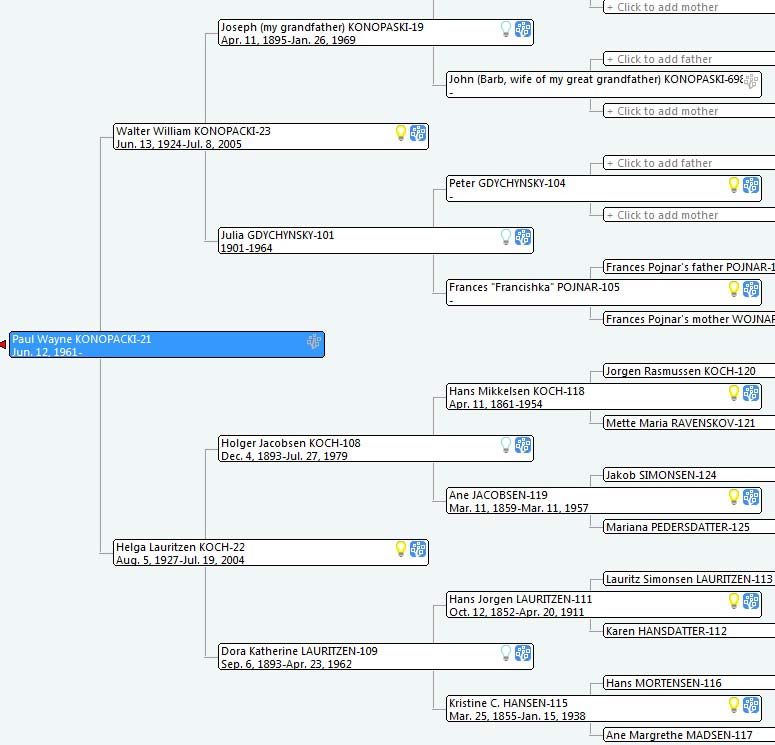
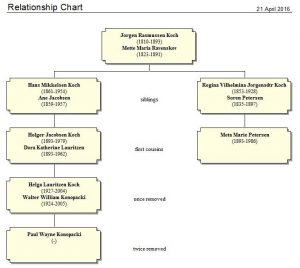
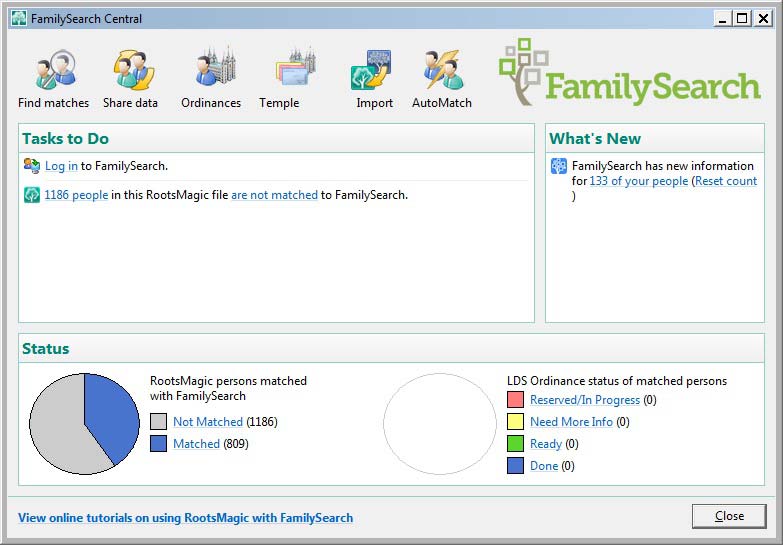
Hacking the Database
There is a group of hackers out there who have documented the database schema structure and written SQL utilities to go beyond what the Roots Magic software application can provide. I have used some of their SQL scripts to create my own database queries to give me information about my genealogy data that the application does not provide, partially provides, or is a pain to configure a report to get the same information.
One of my favorite SQLite IDE programs is 'SQLite Expert Personal'. Anyone who has spent time opening databases, looking at schemas, creating tables or queries will appreciate this tool. I found a few useful queries from the hacker group and customized them to return information that would help me clean up my database from missing information and duplicate records.
